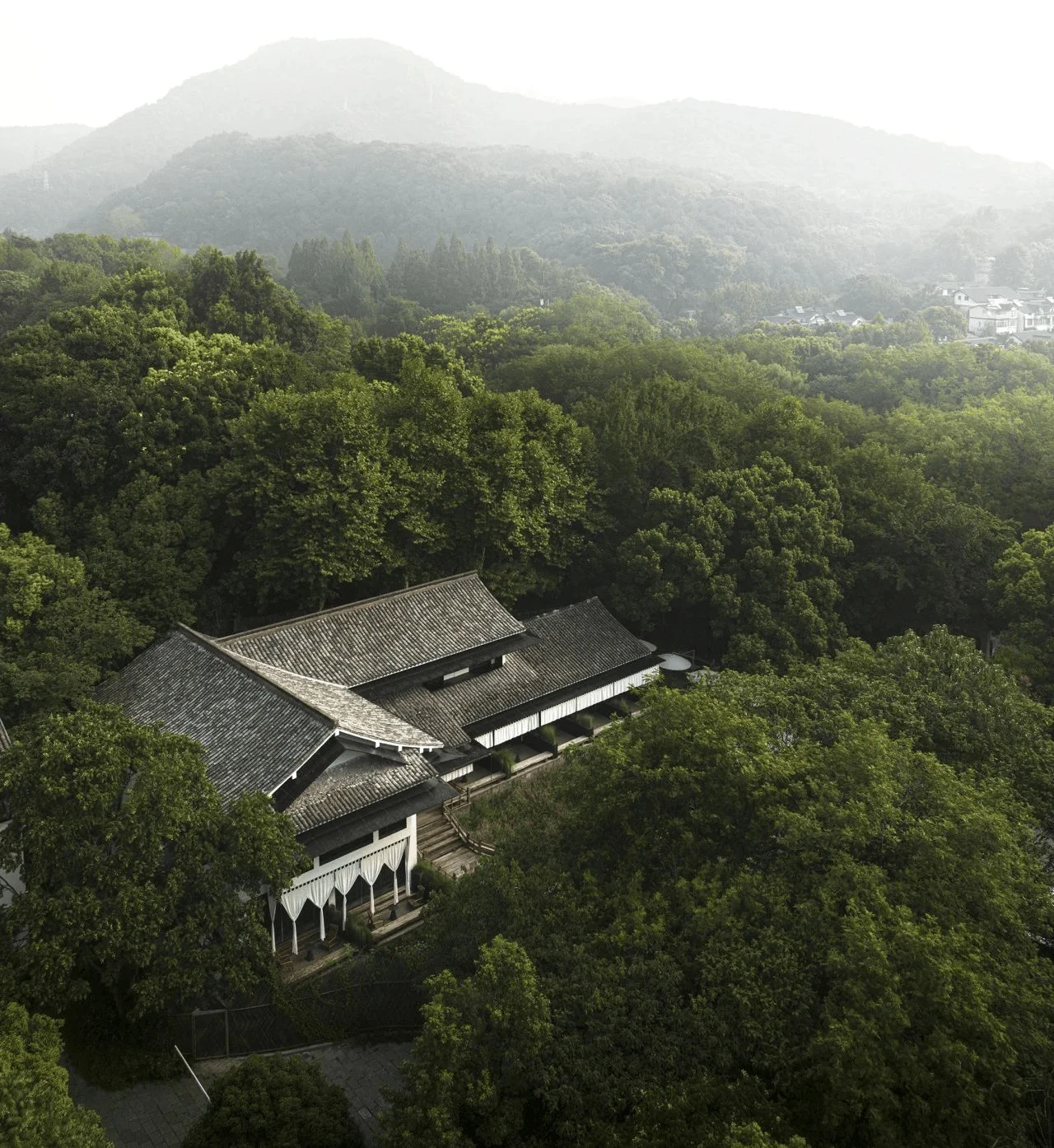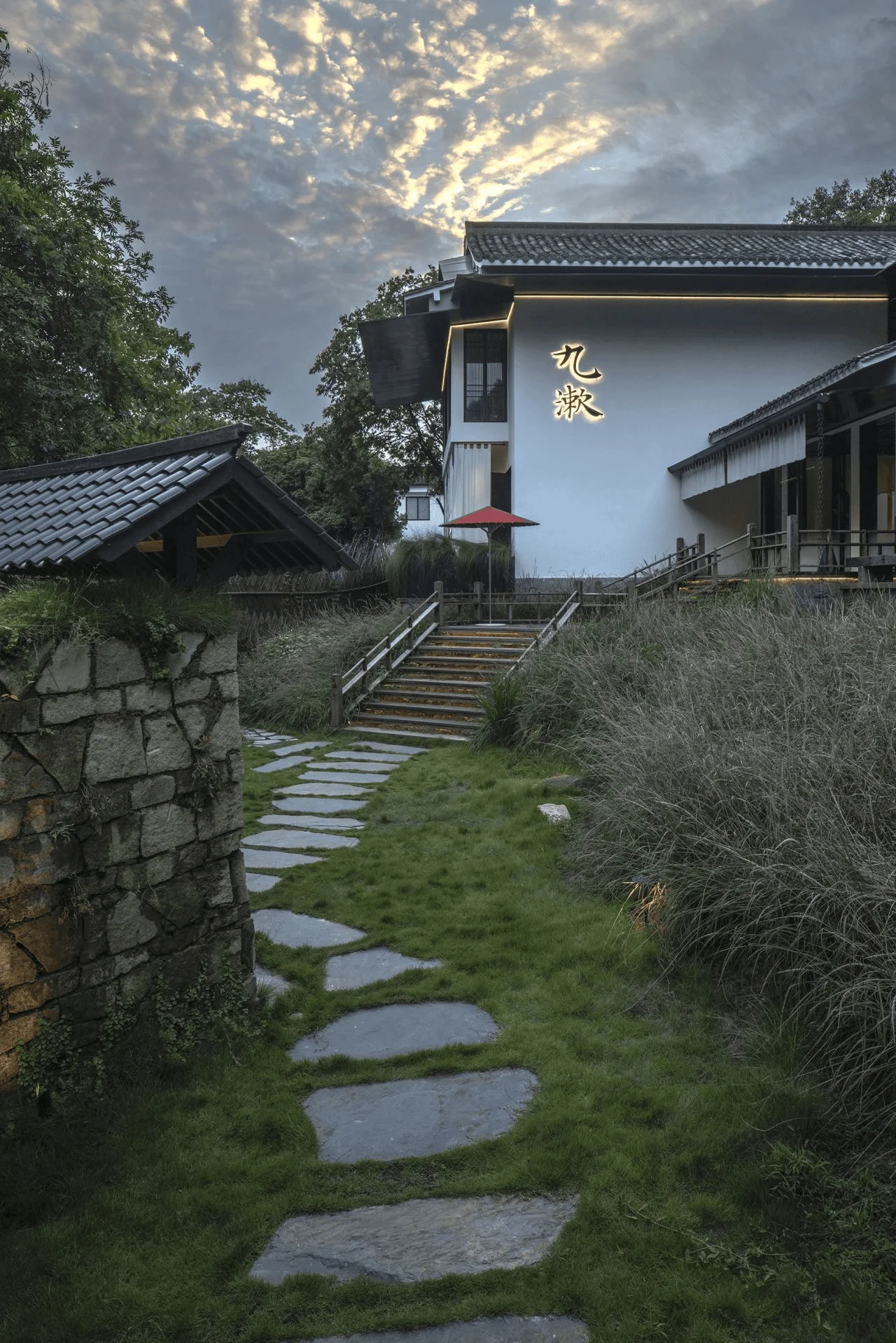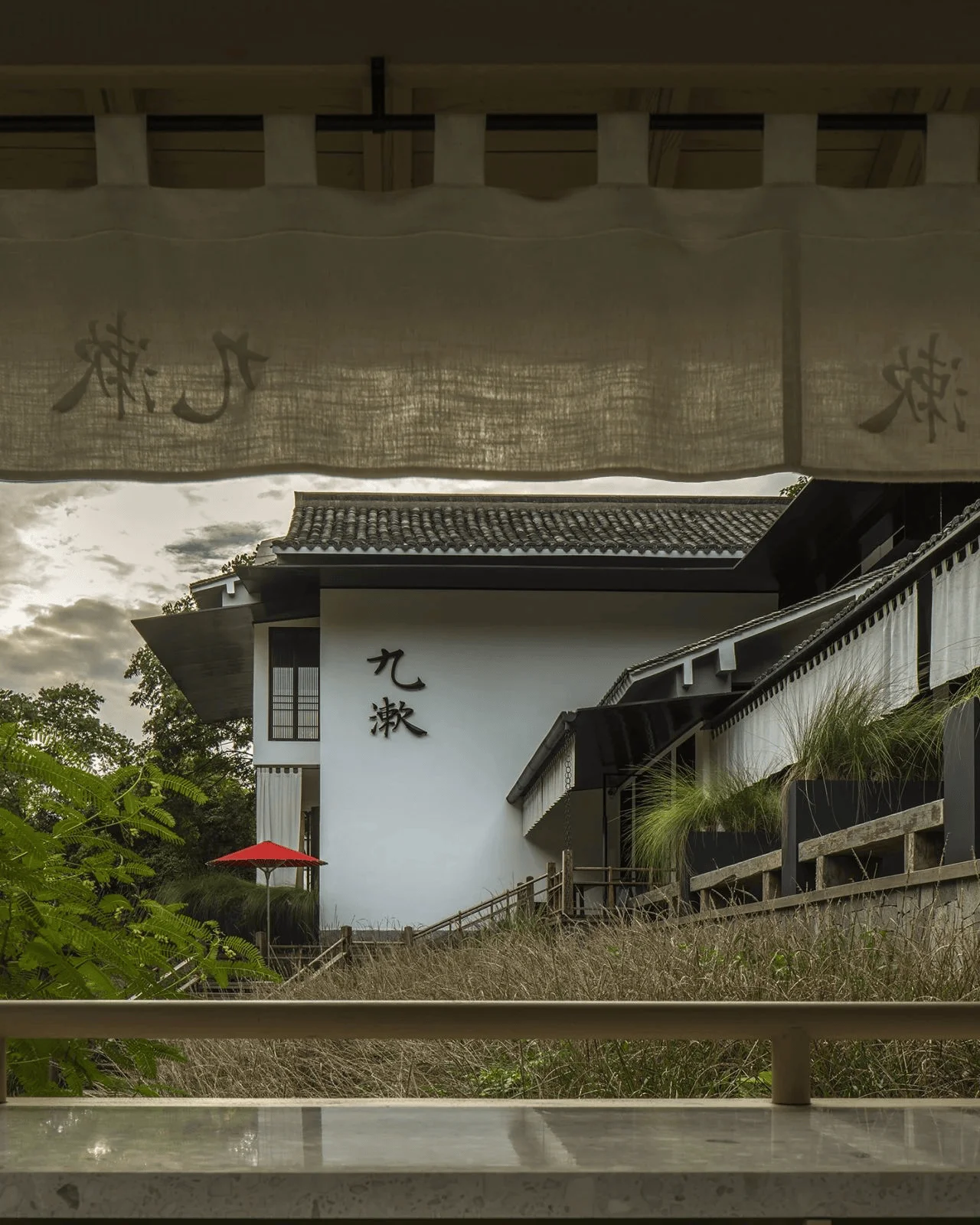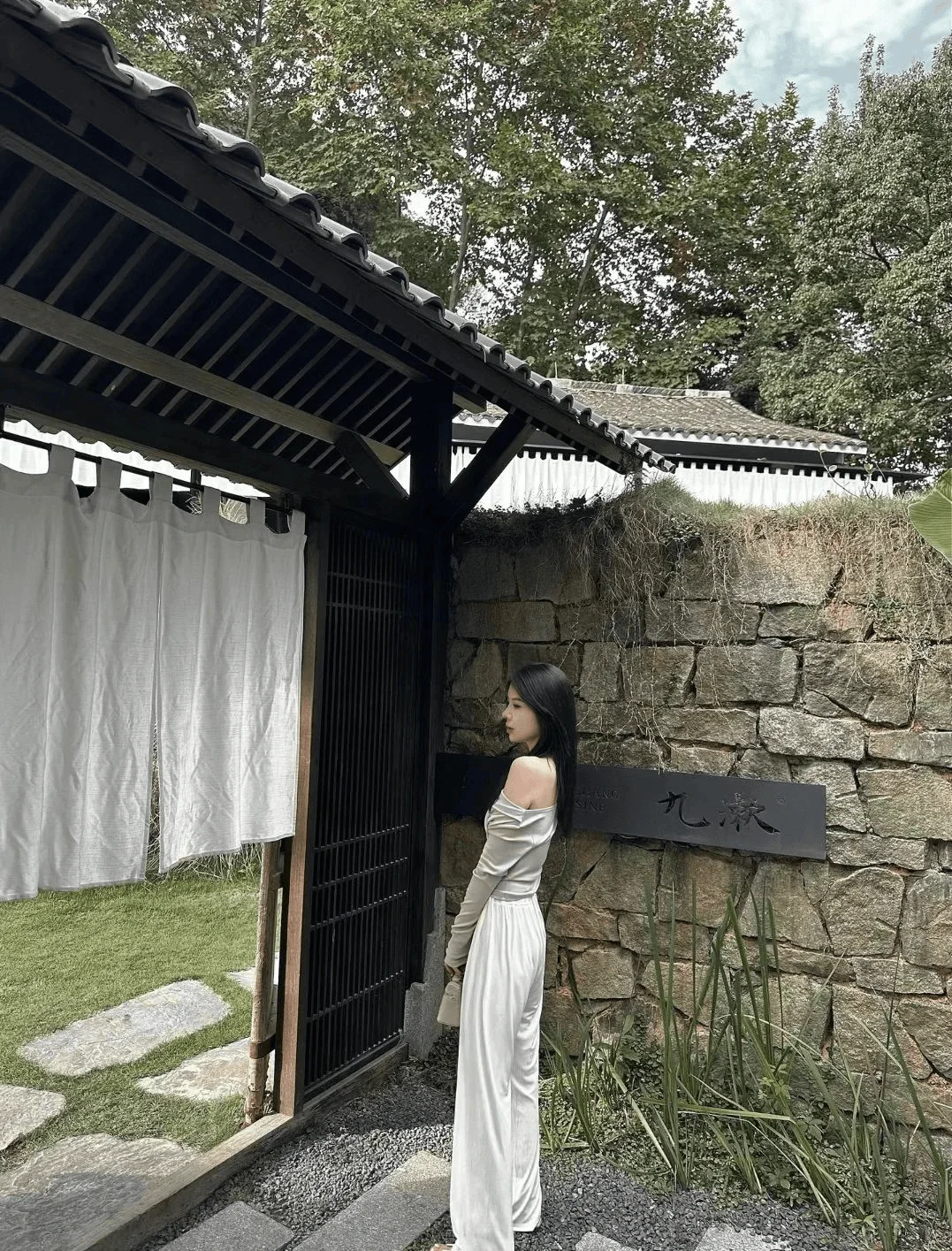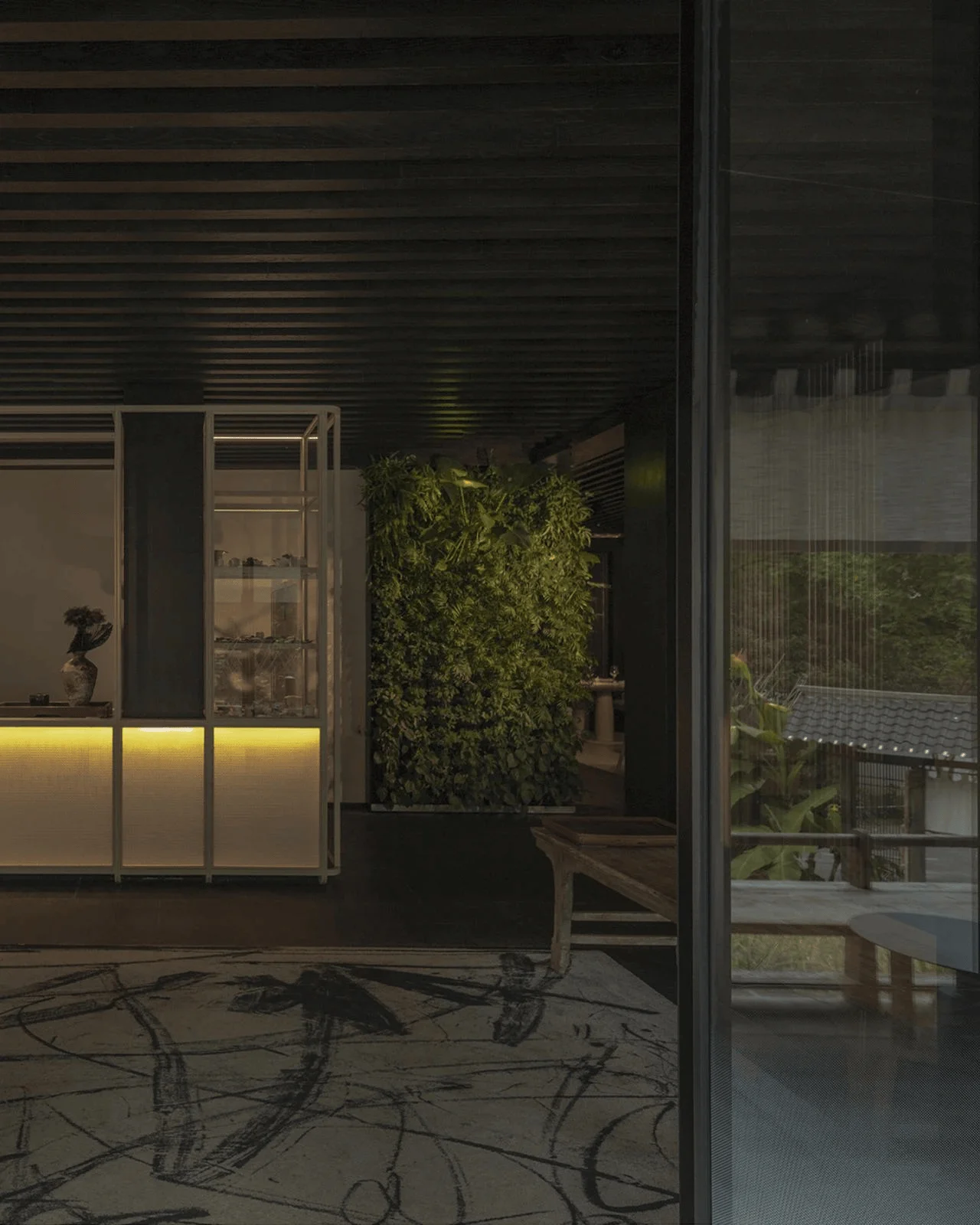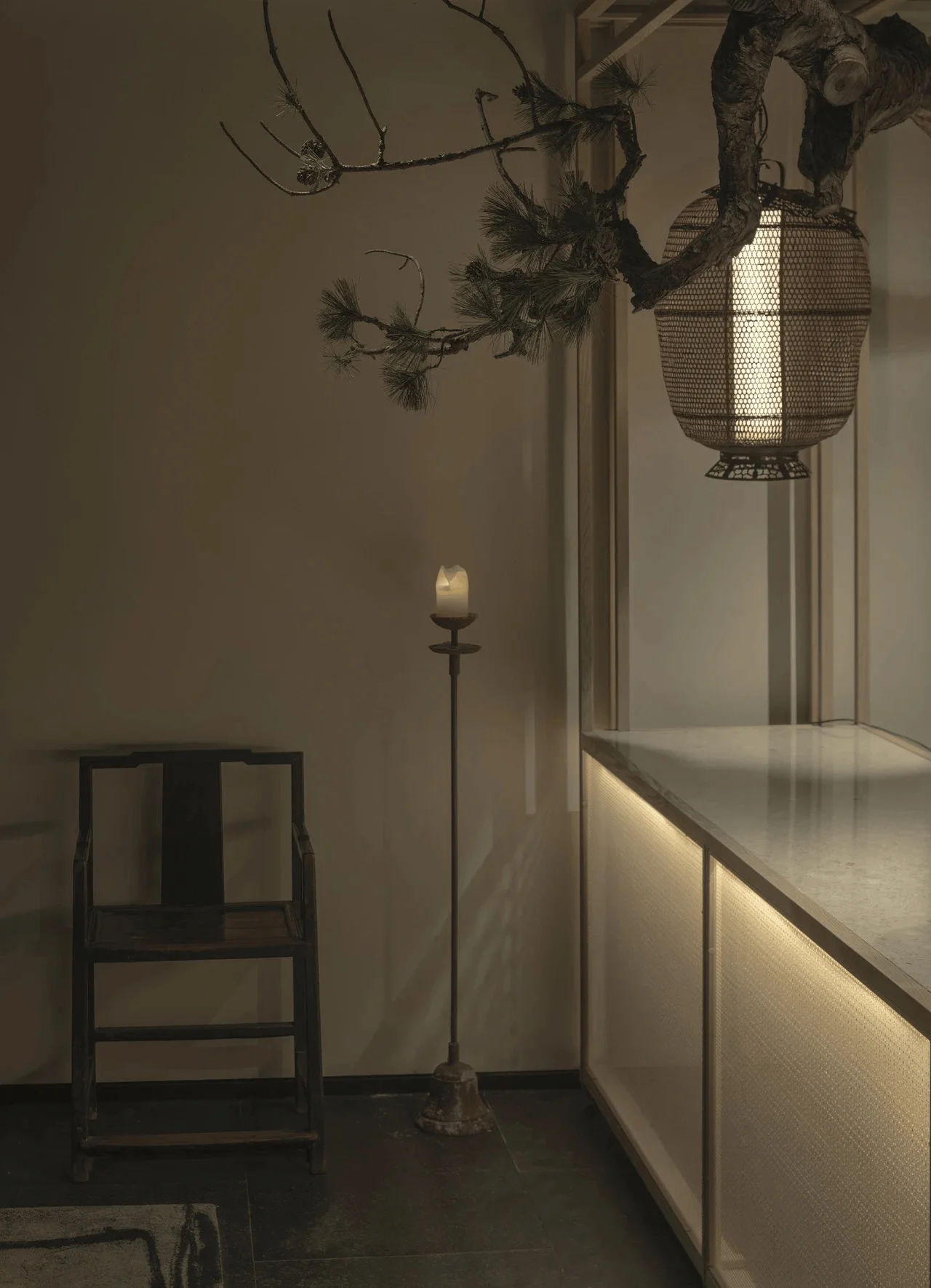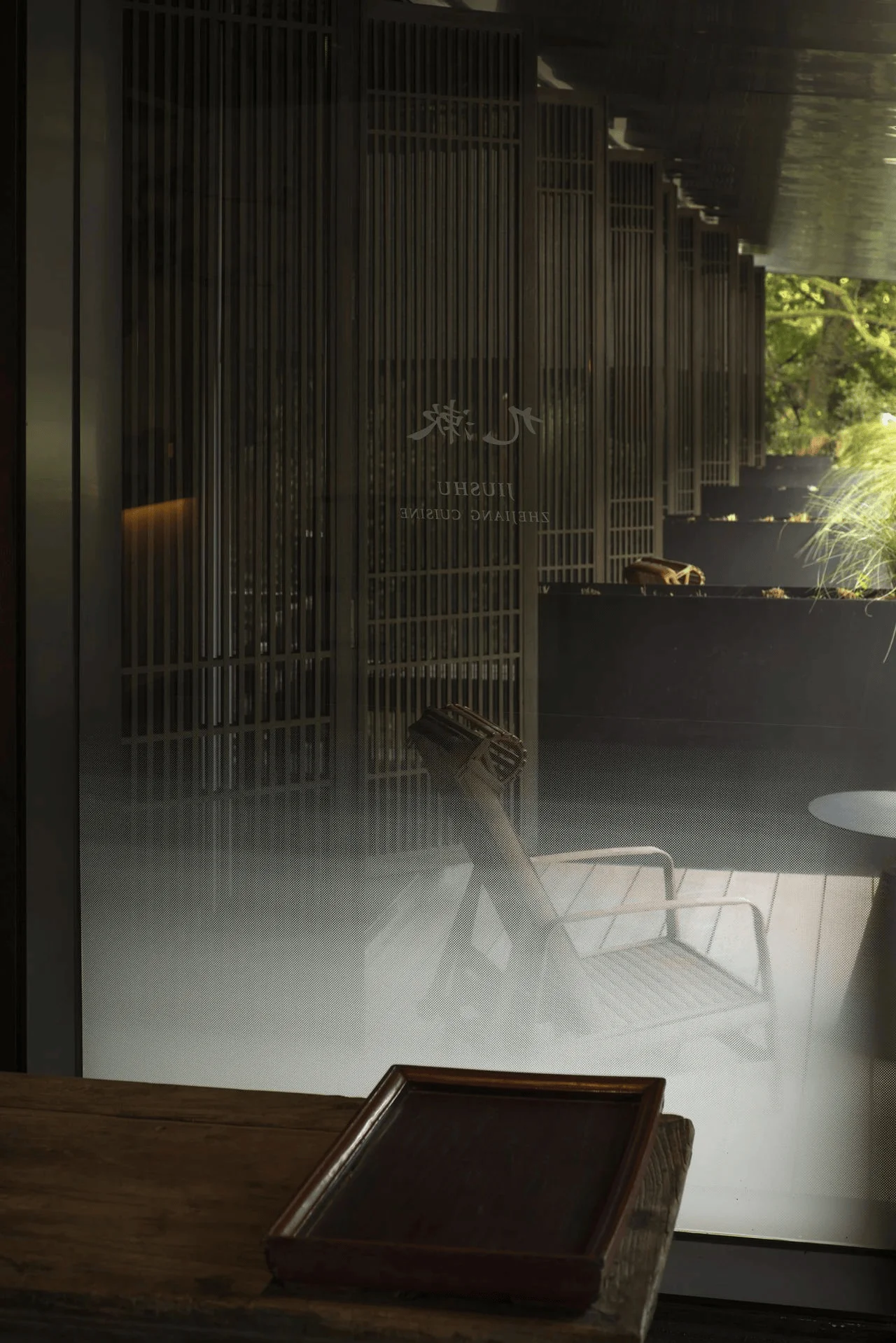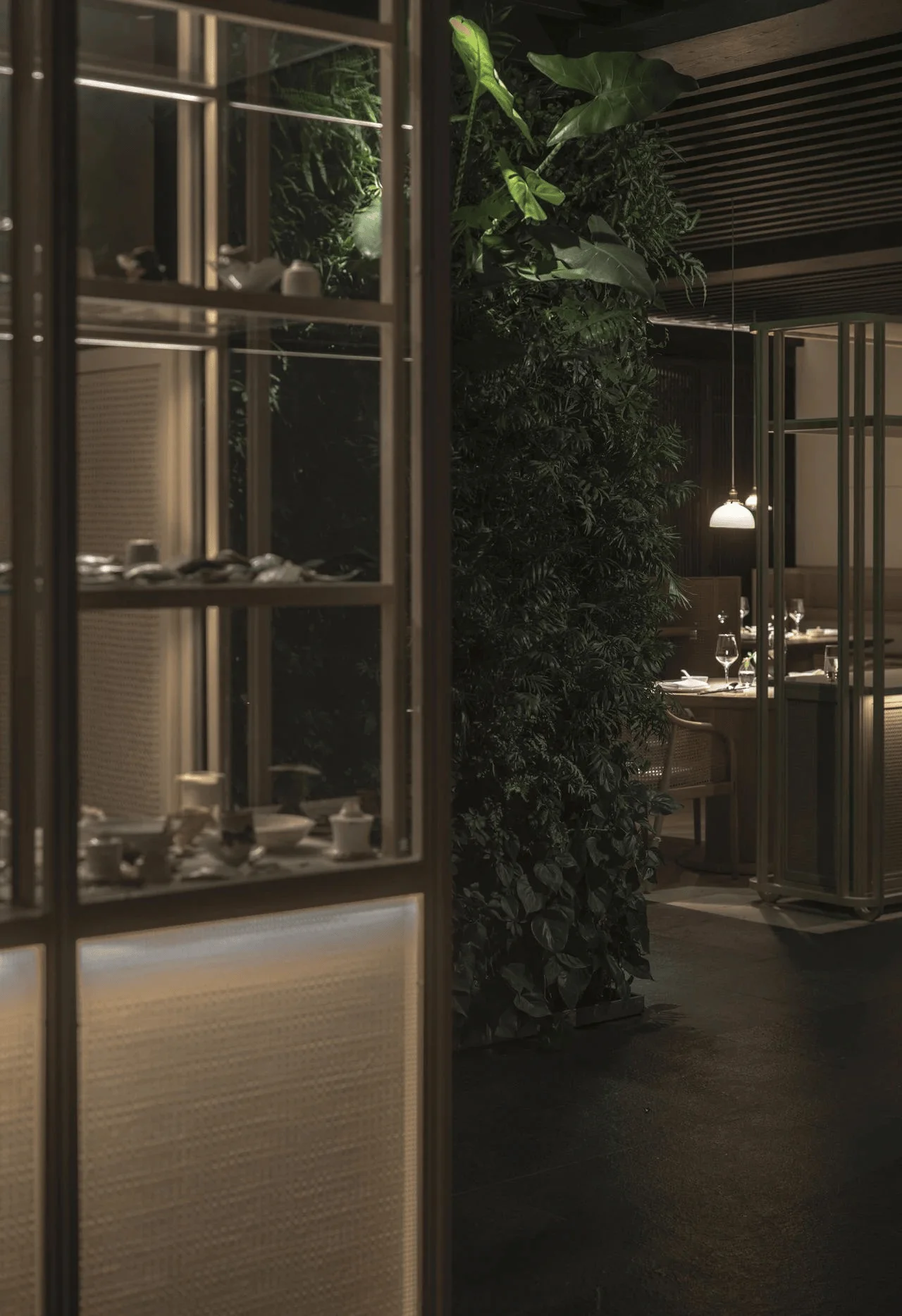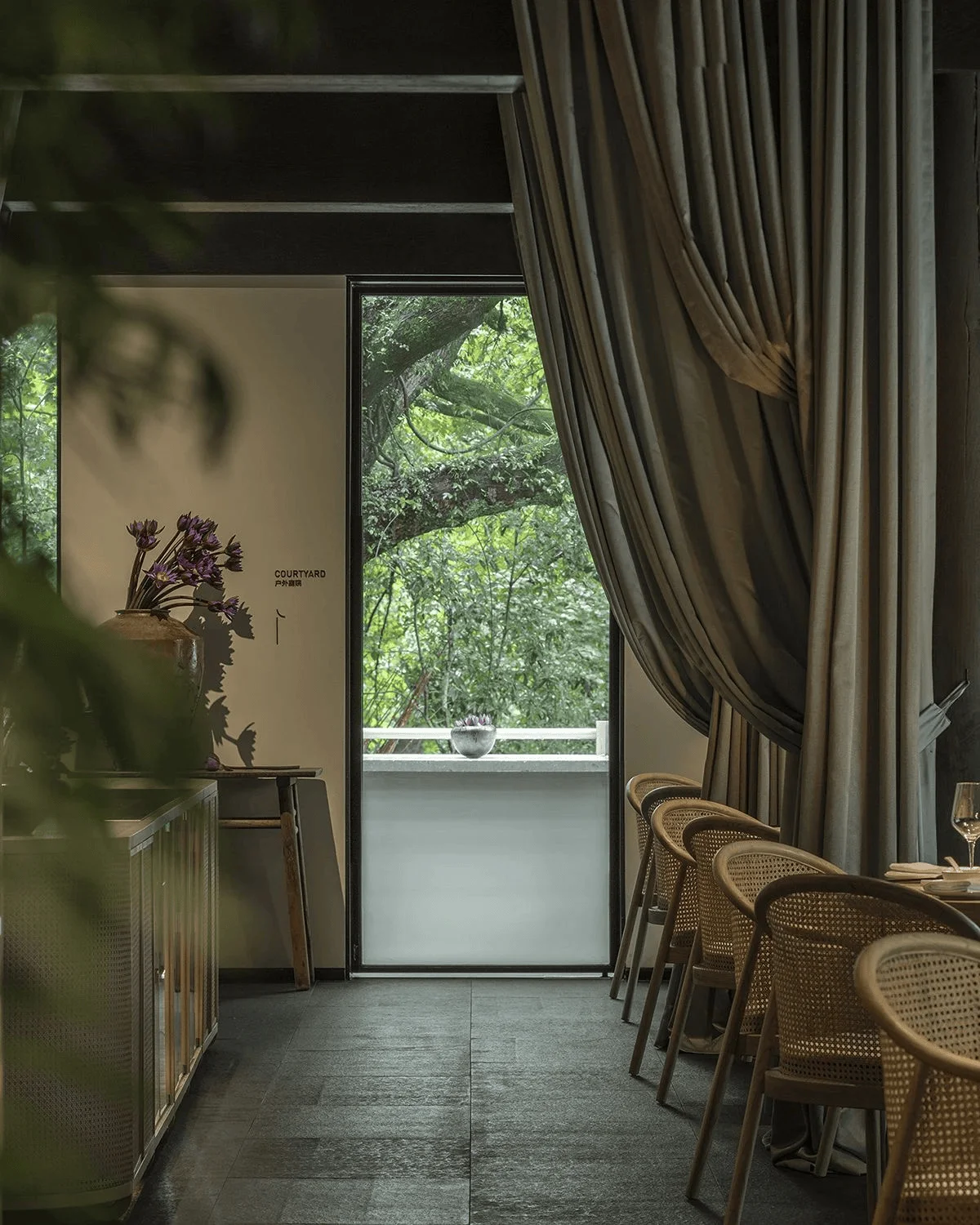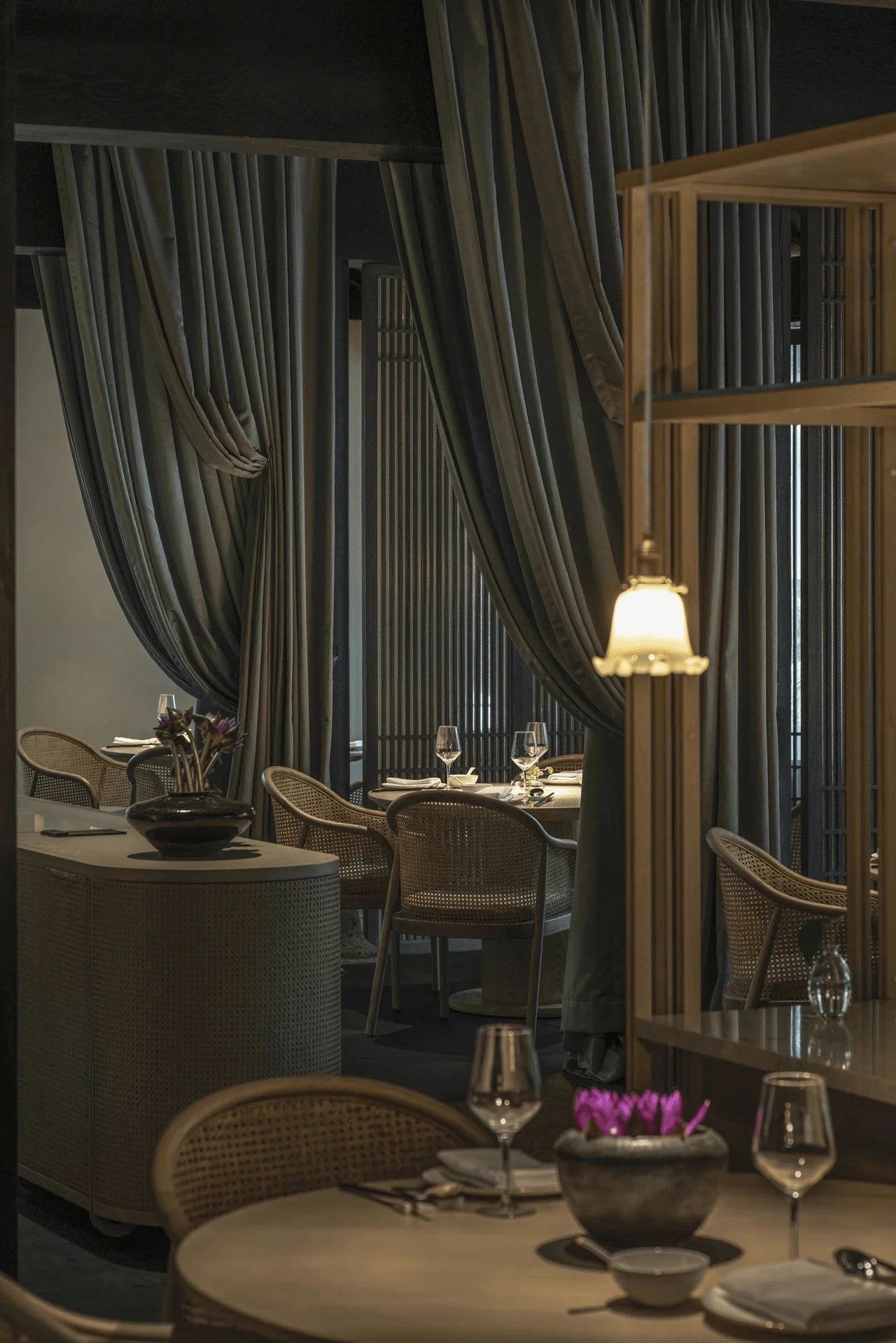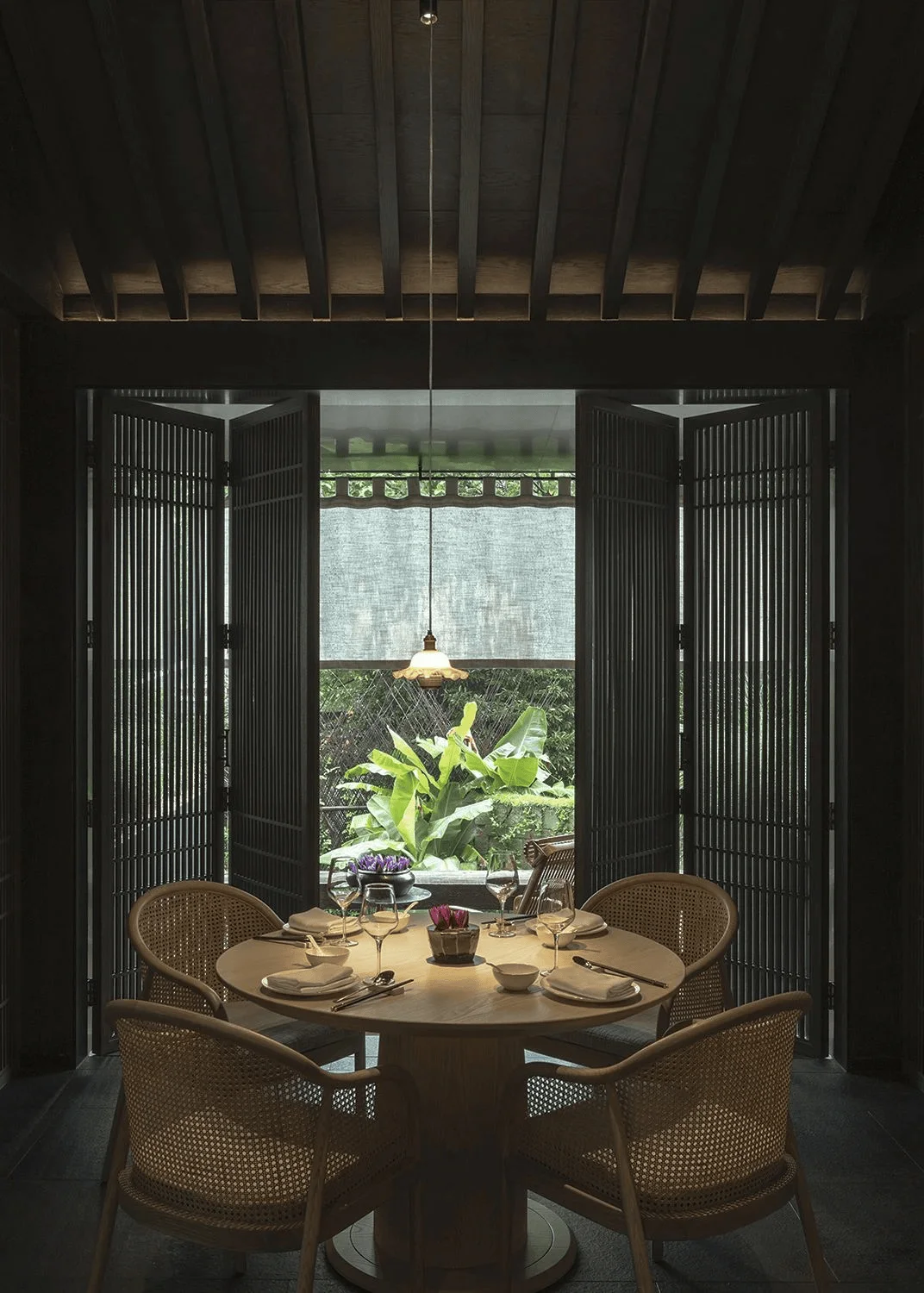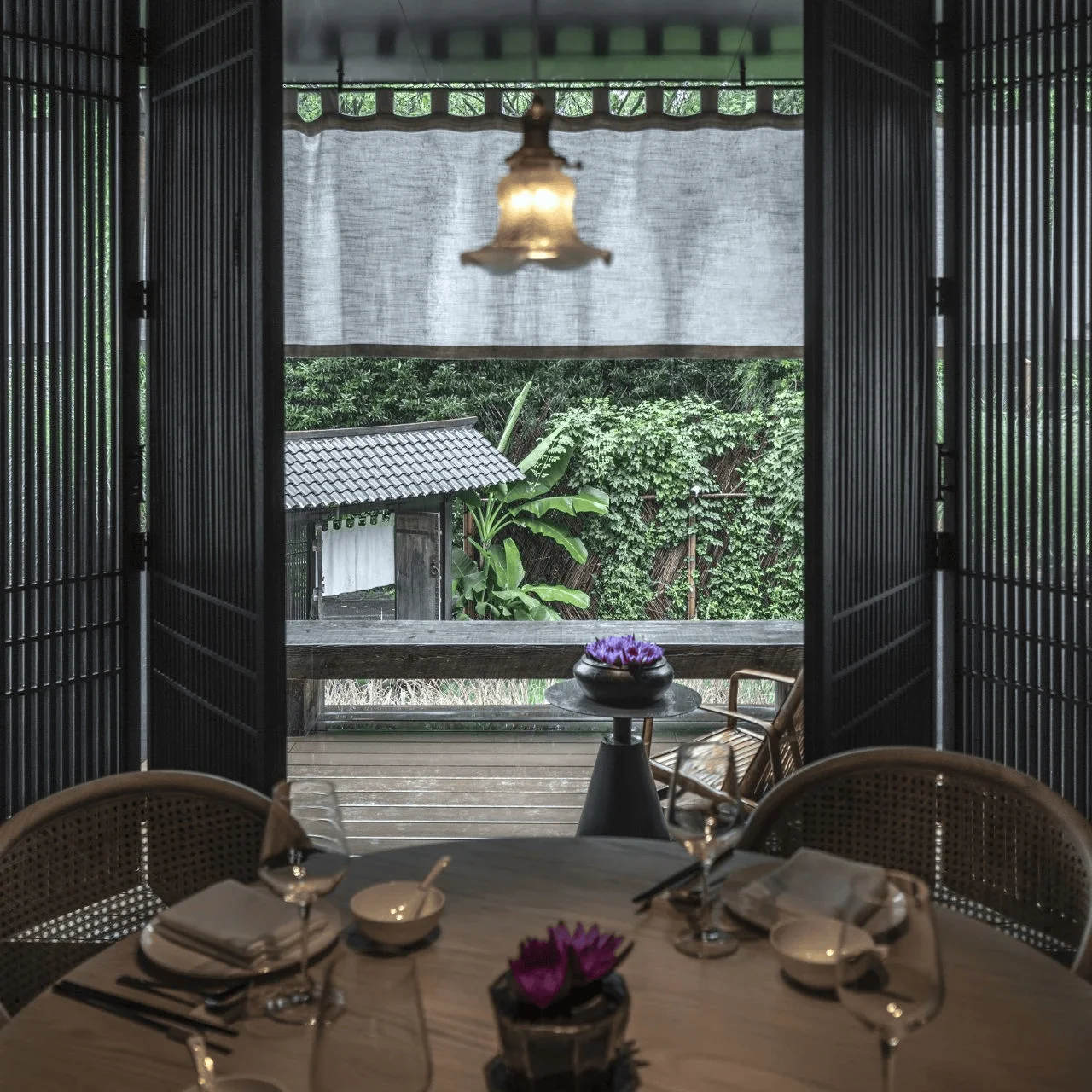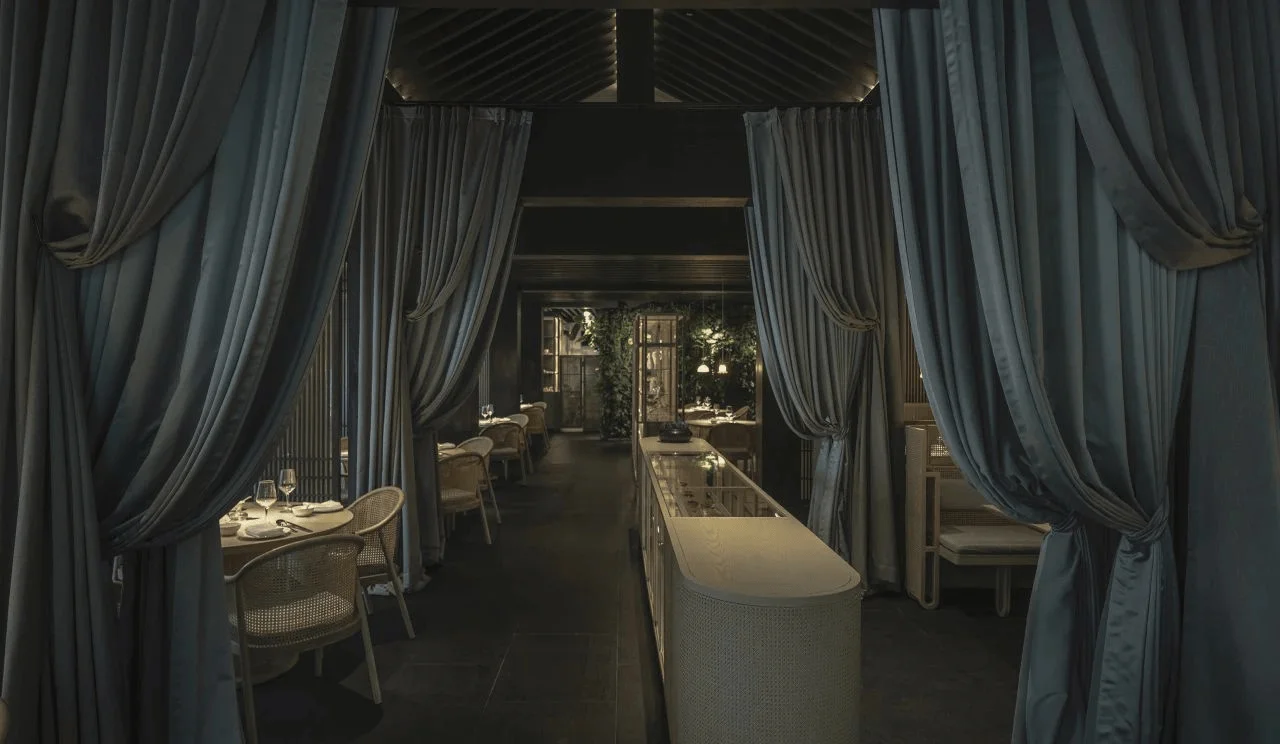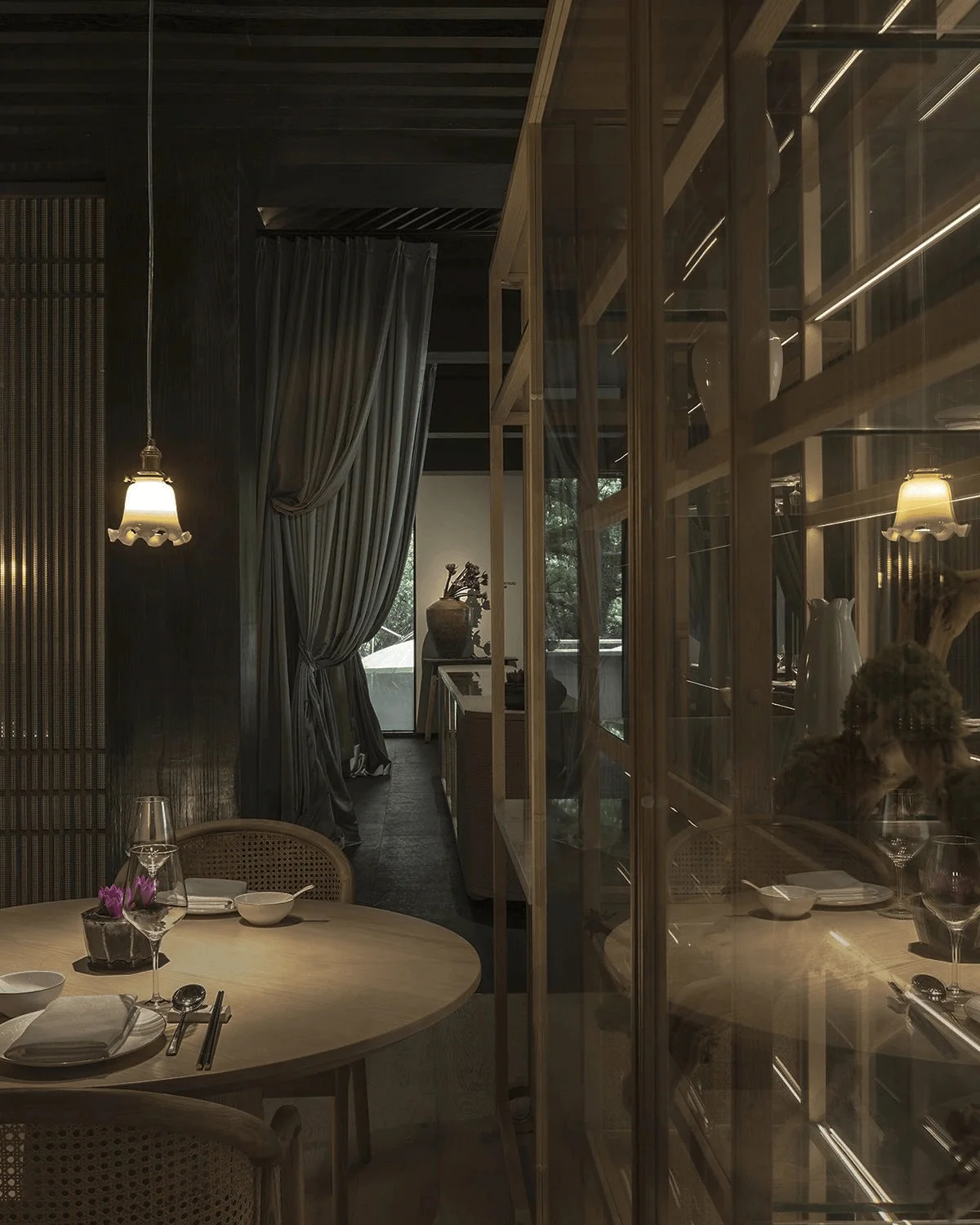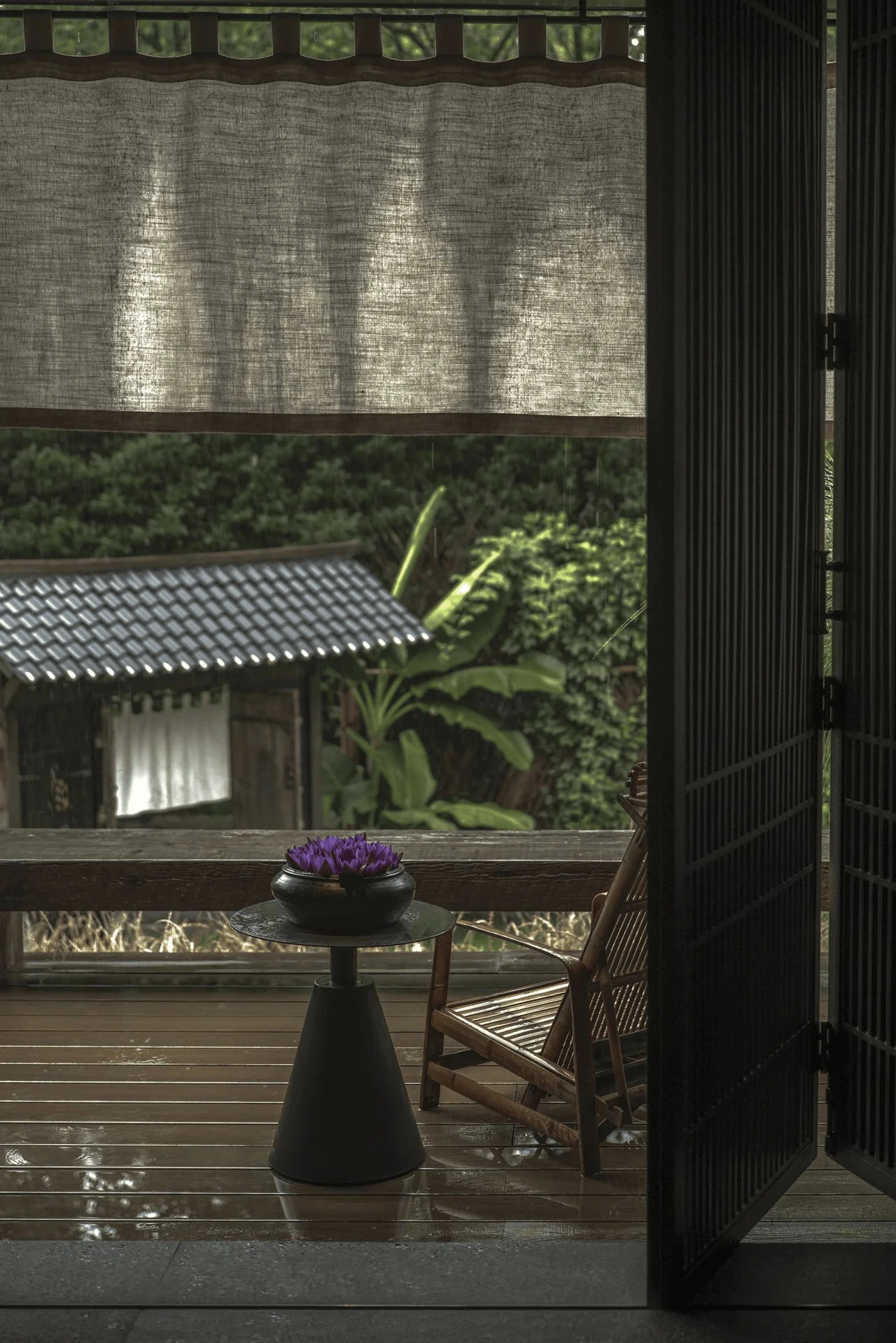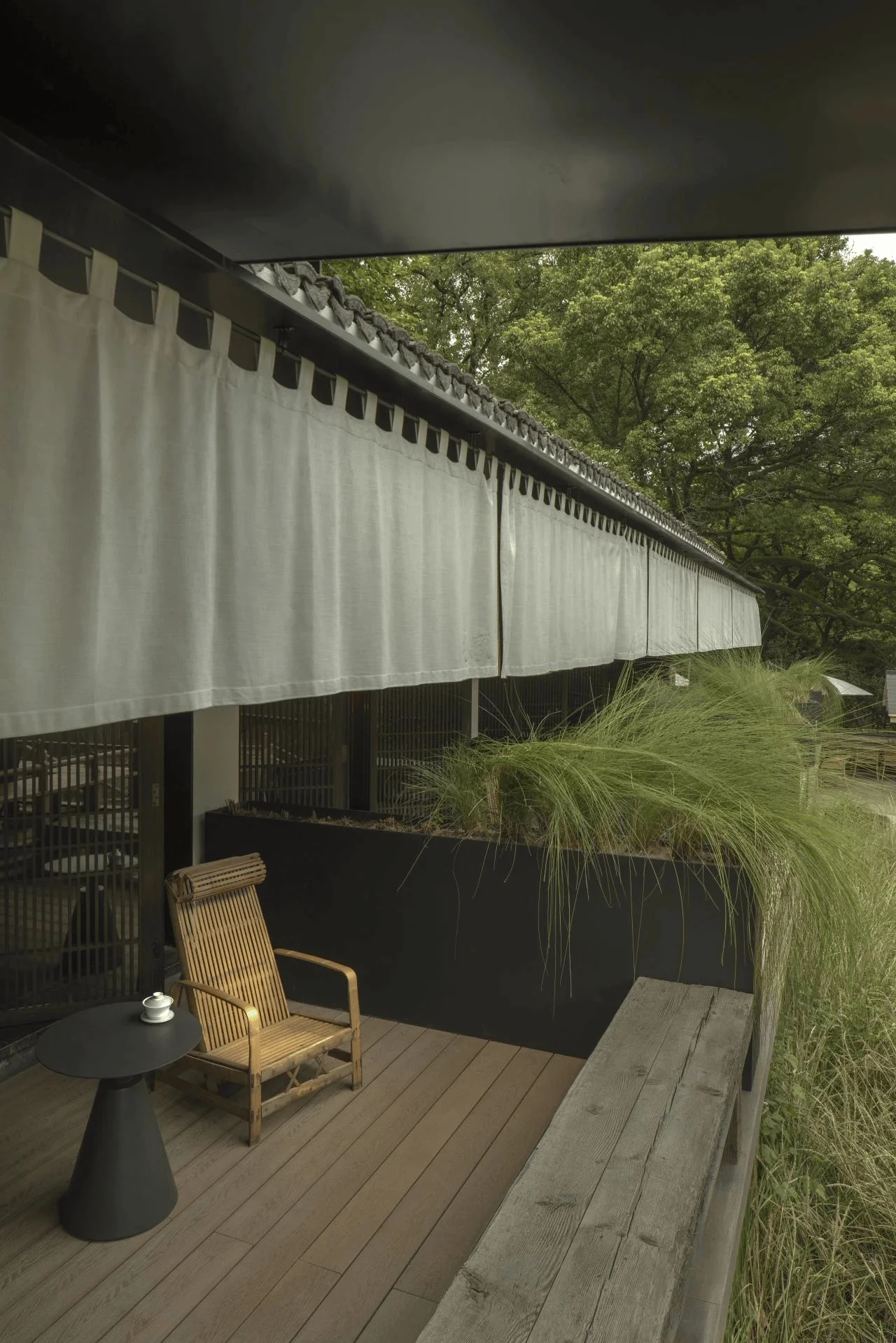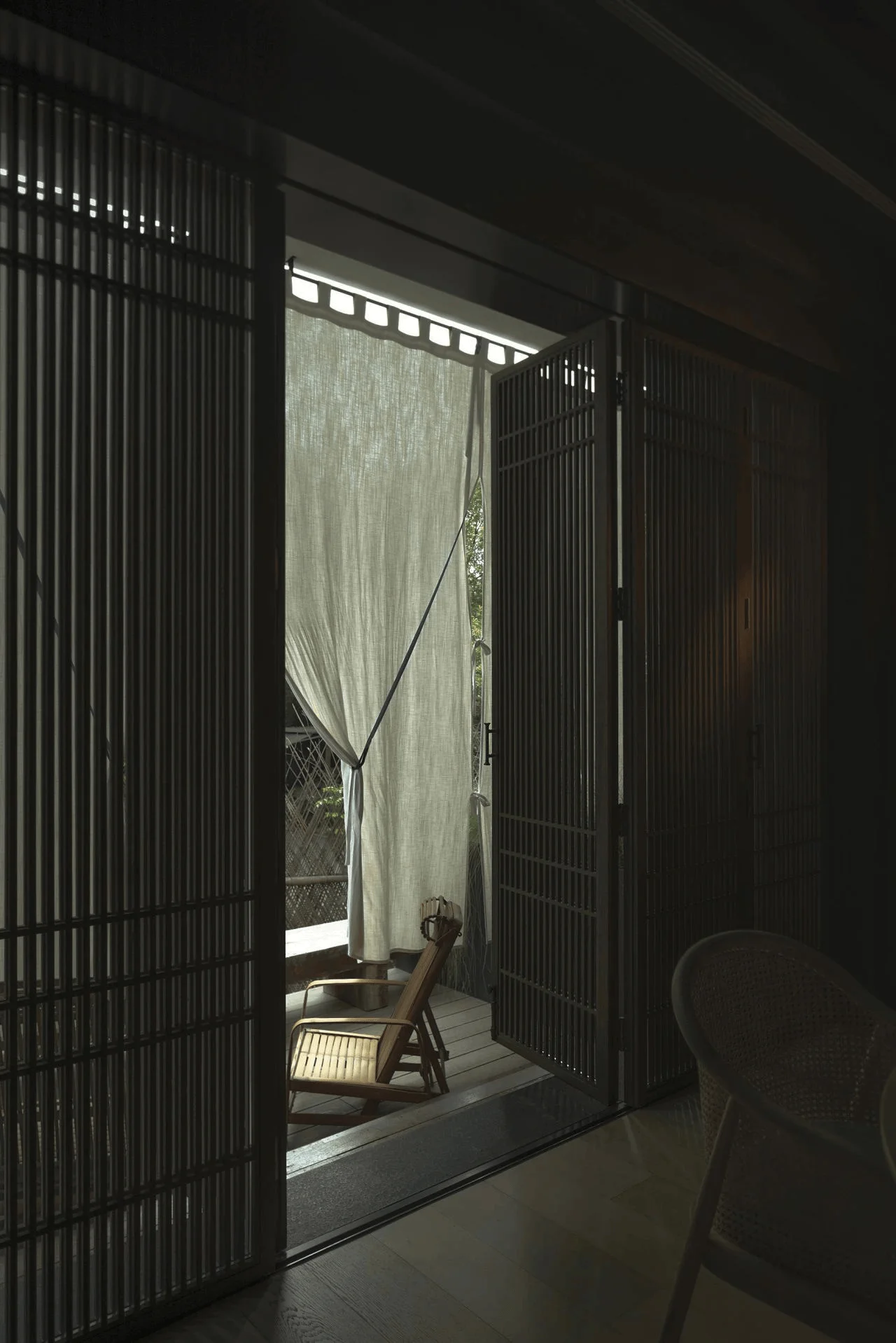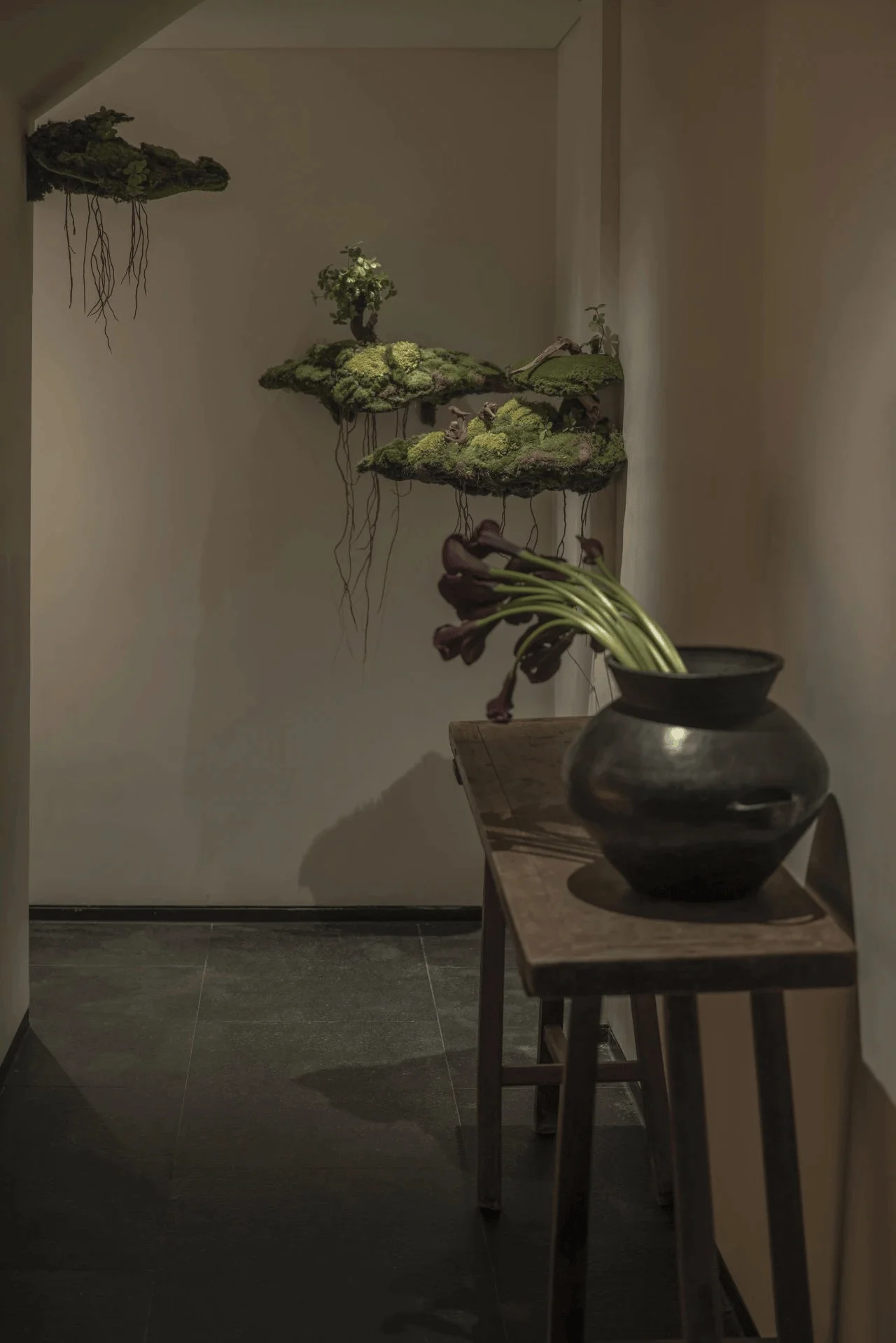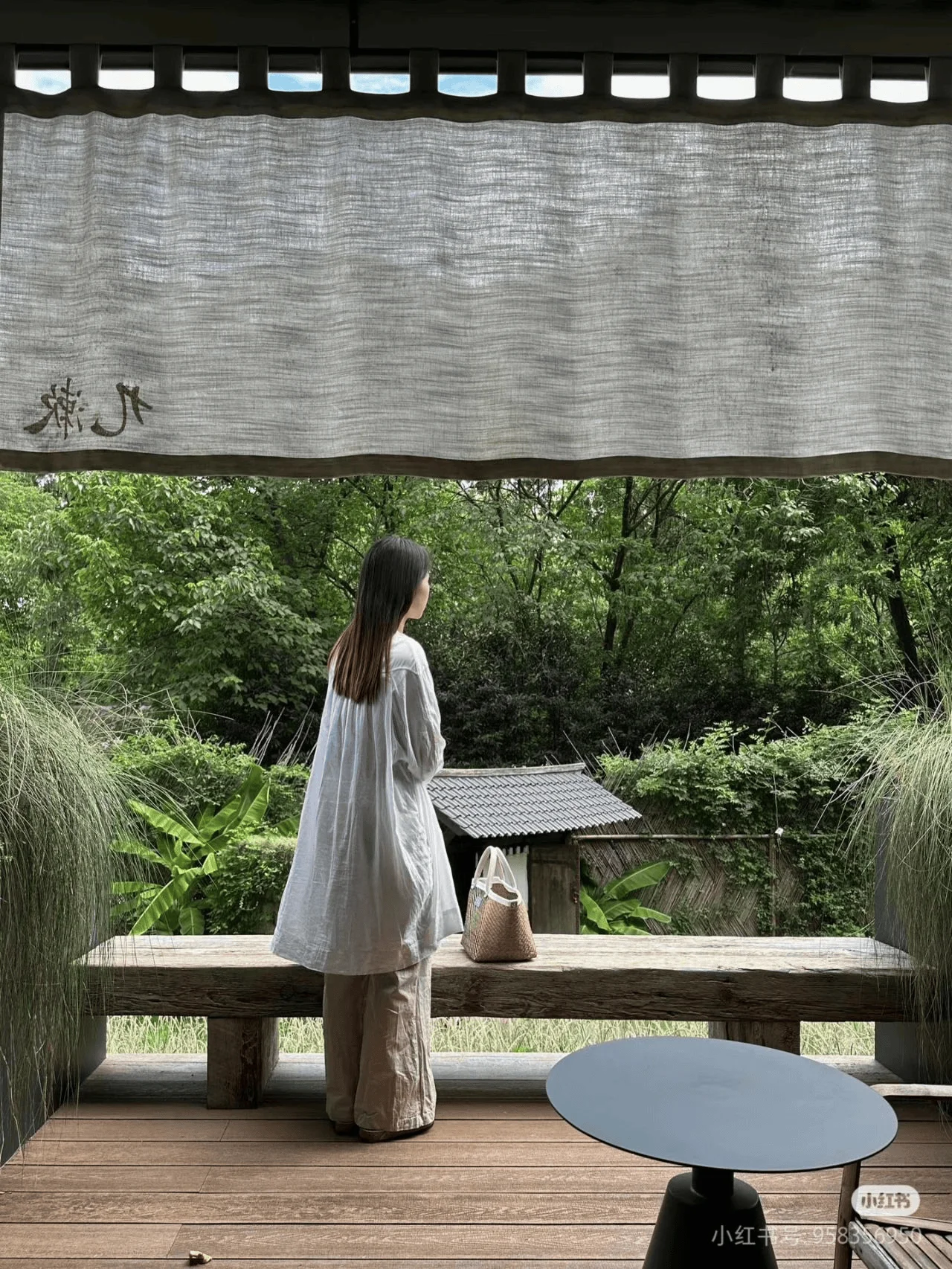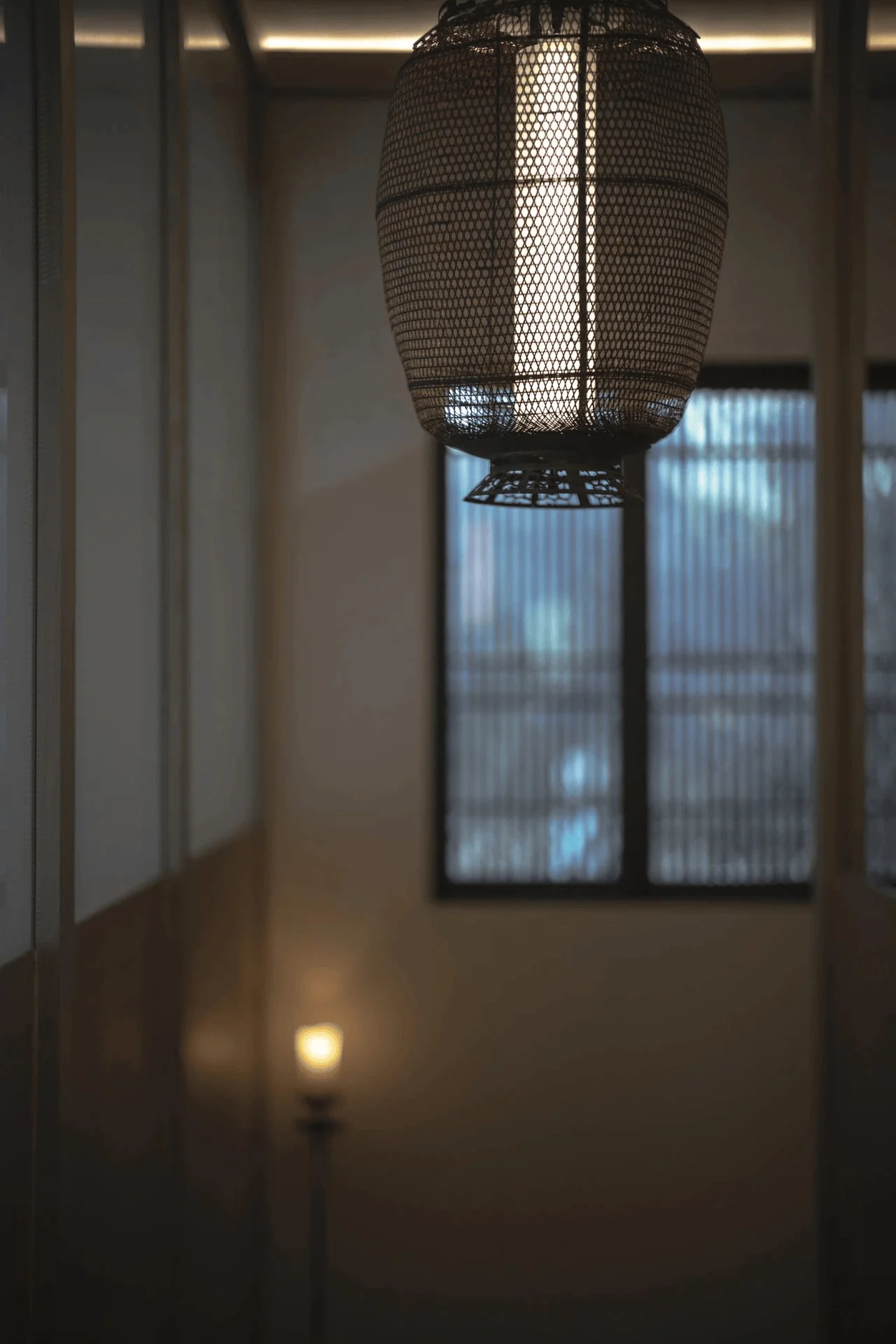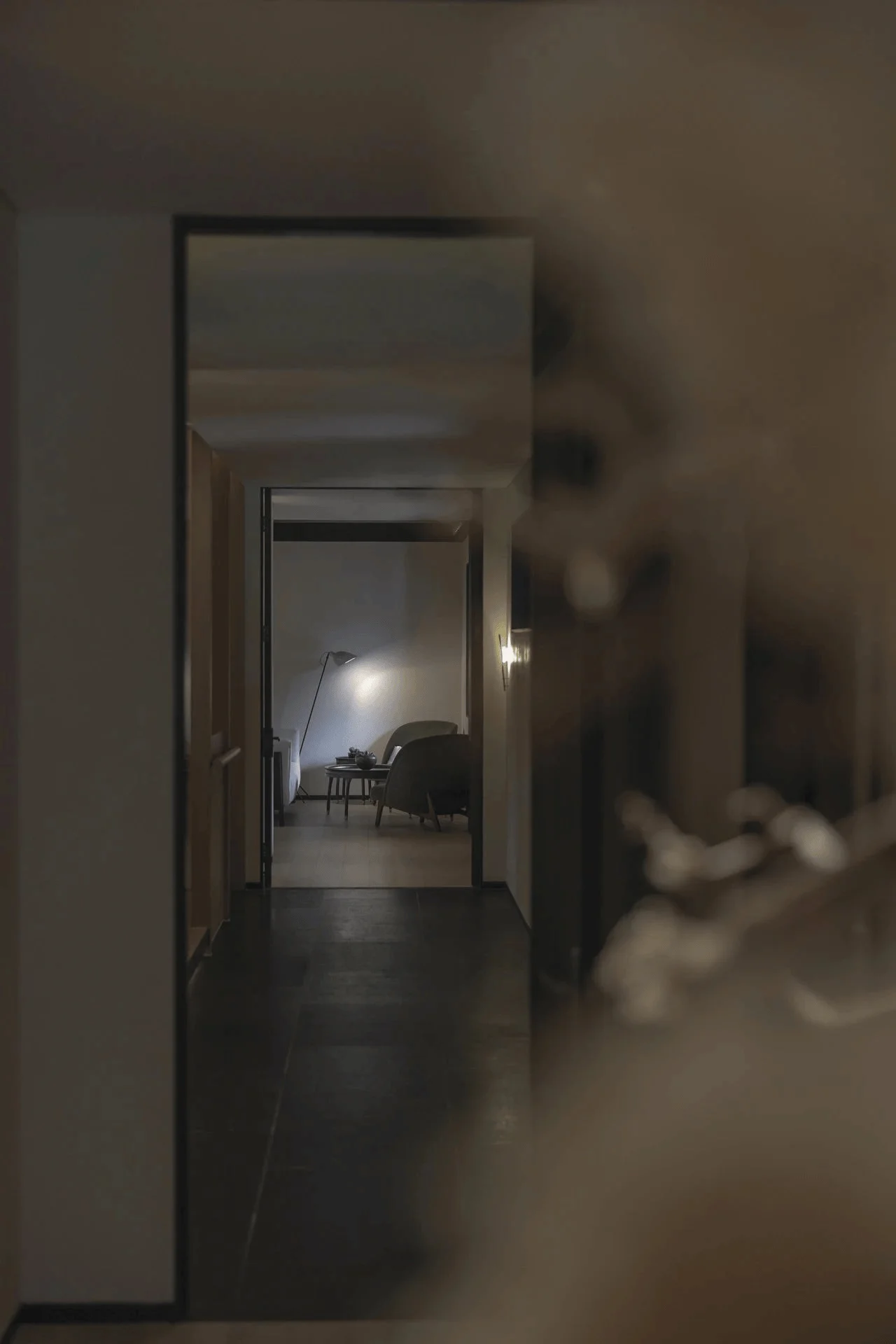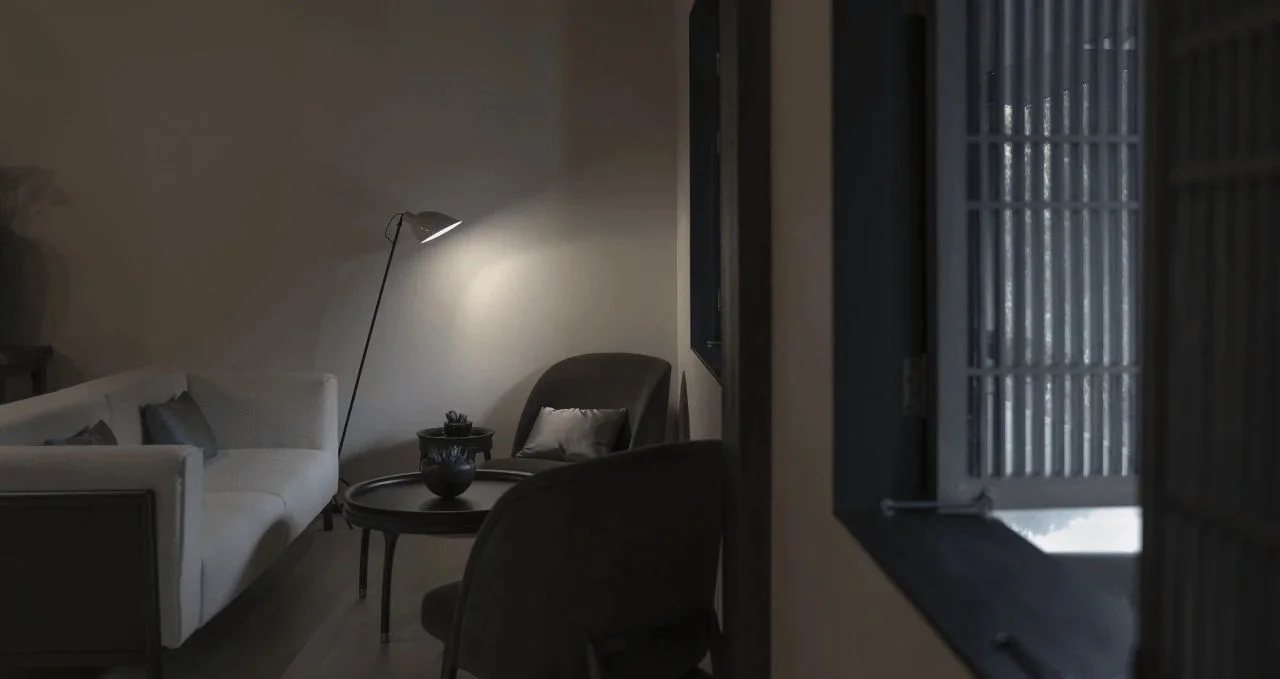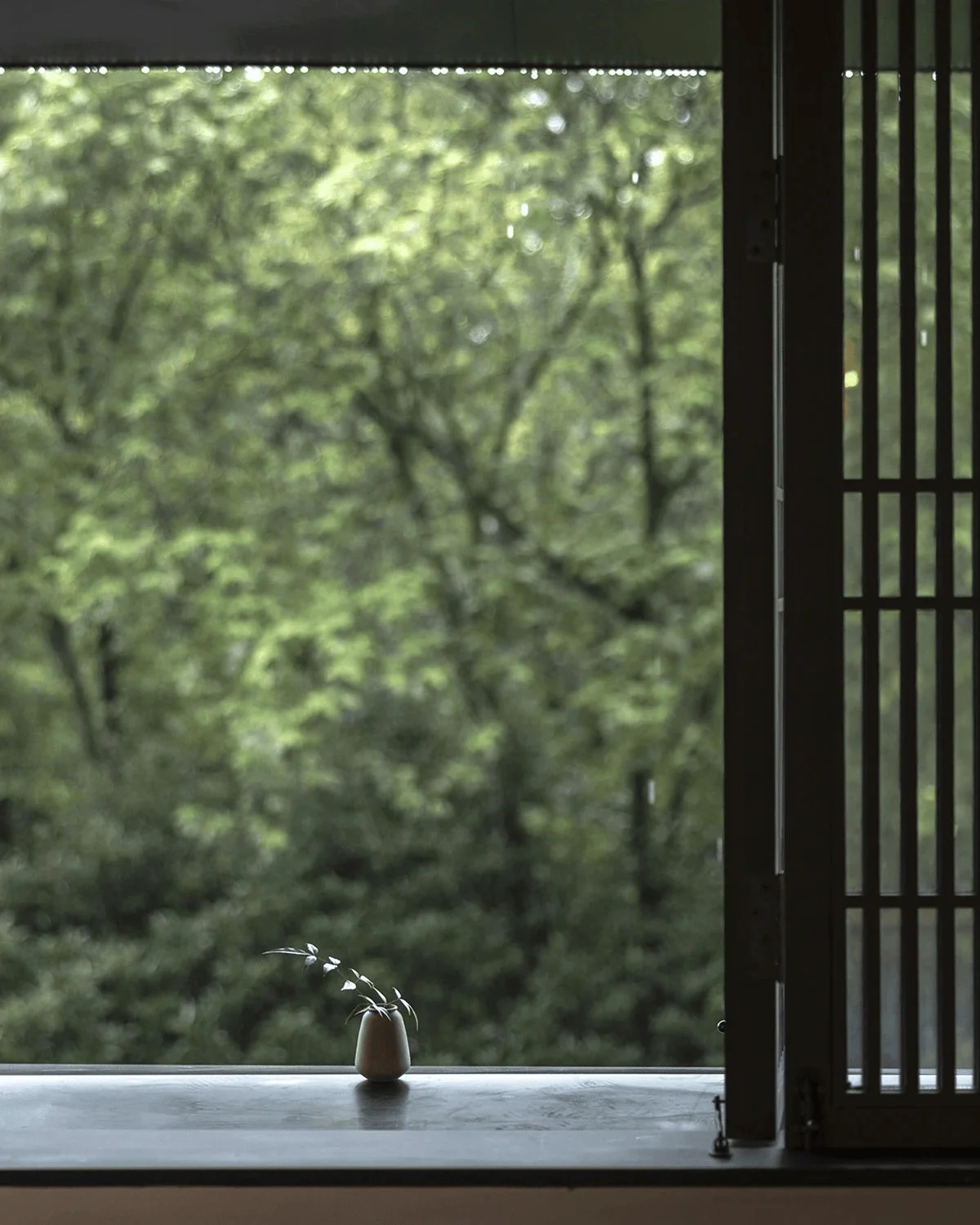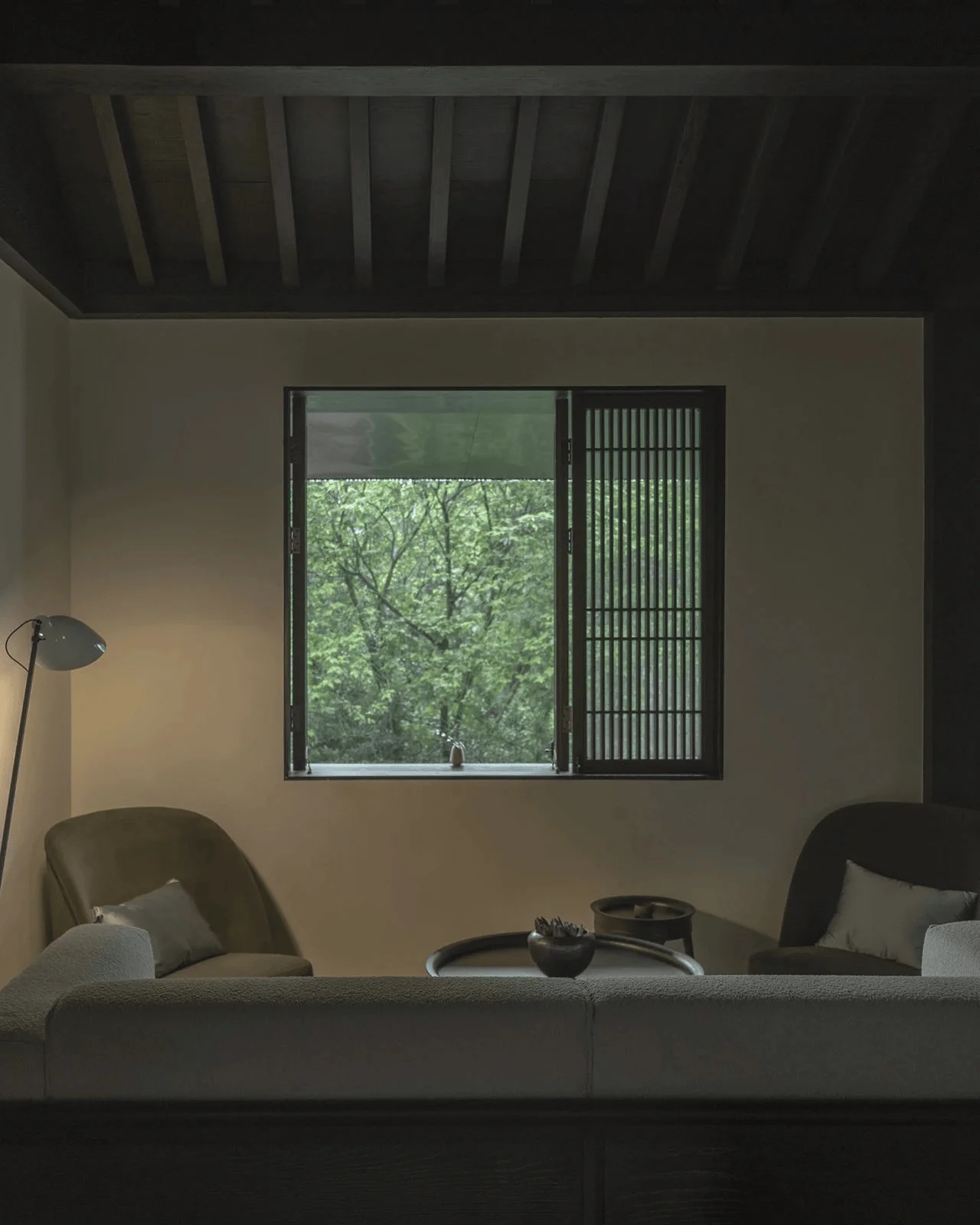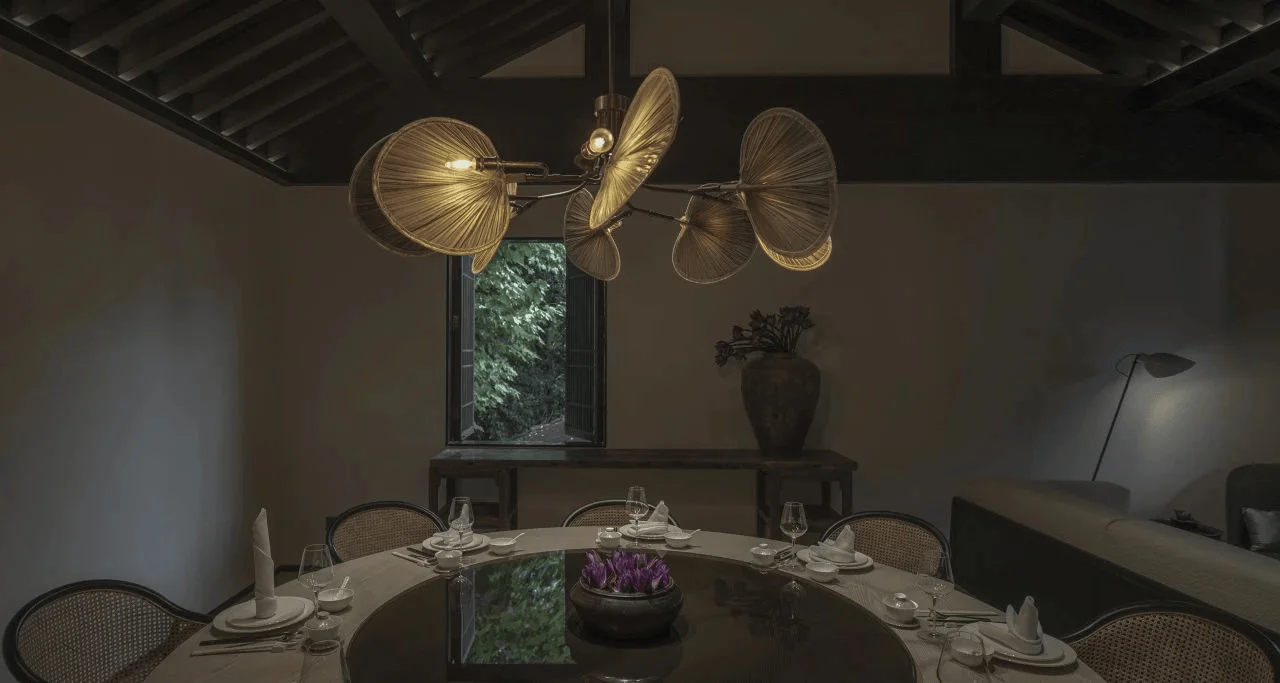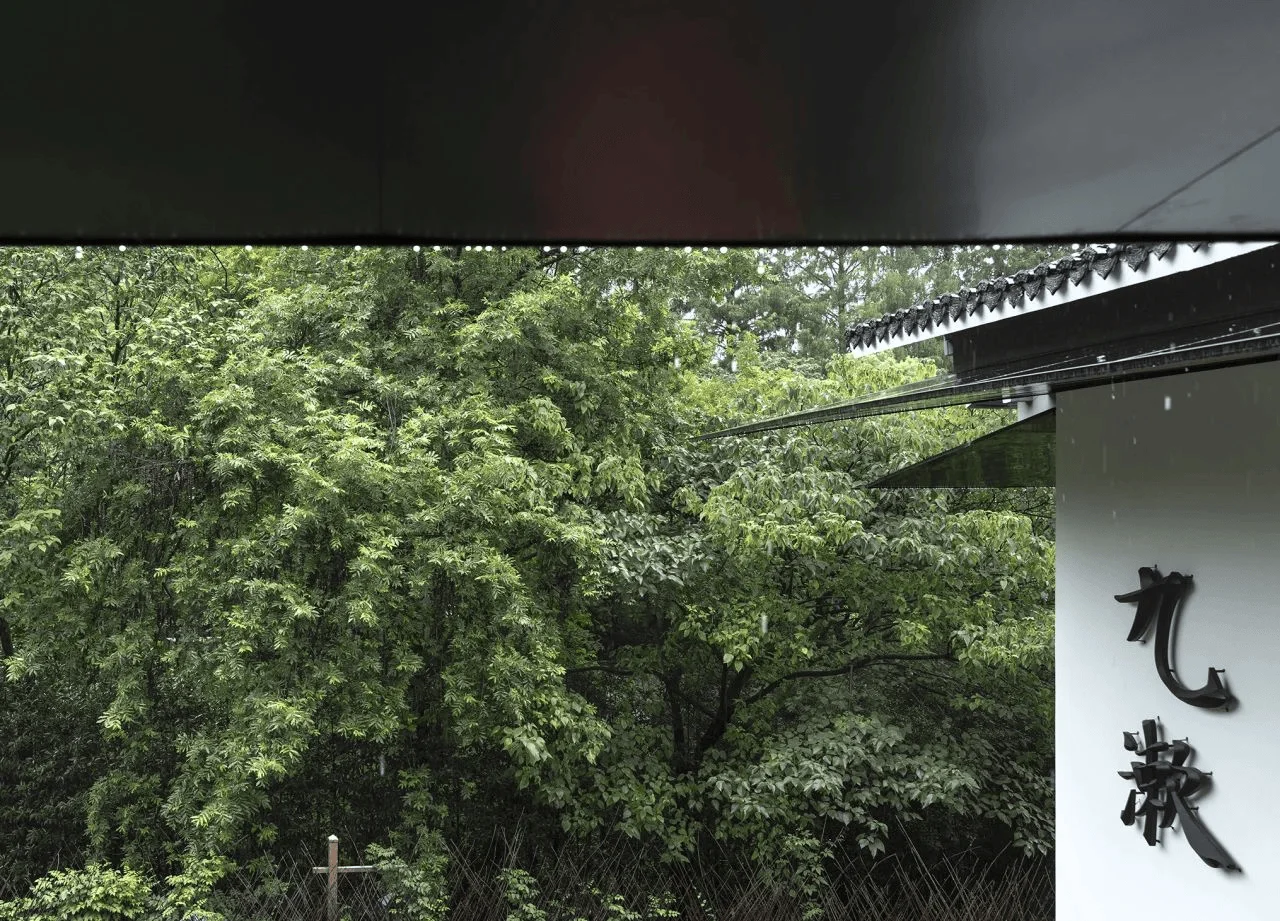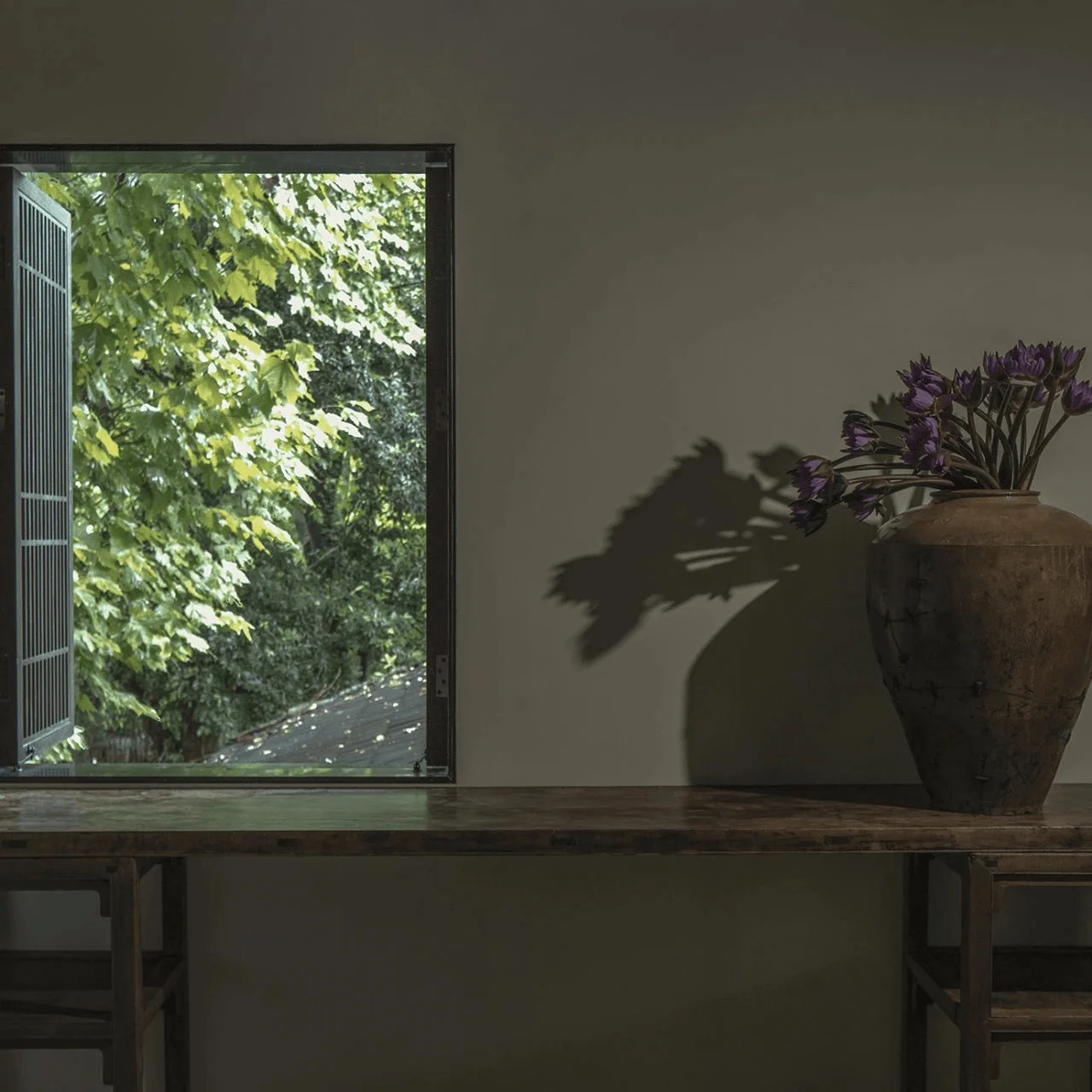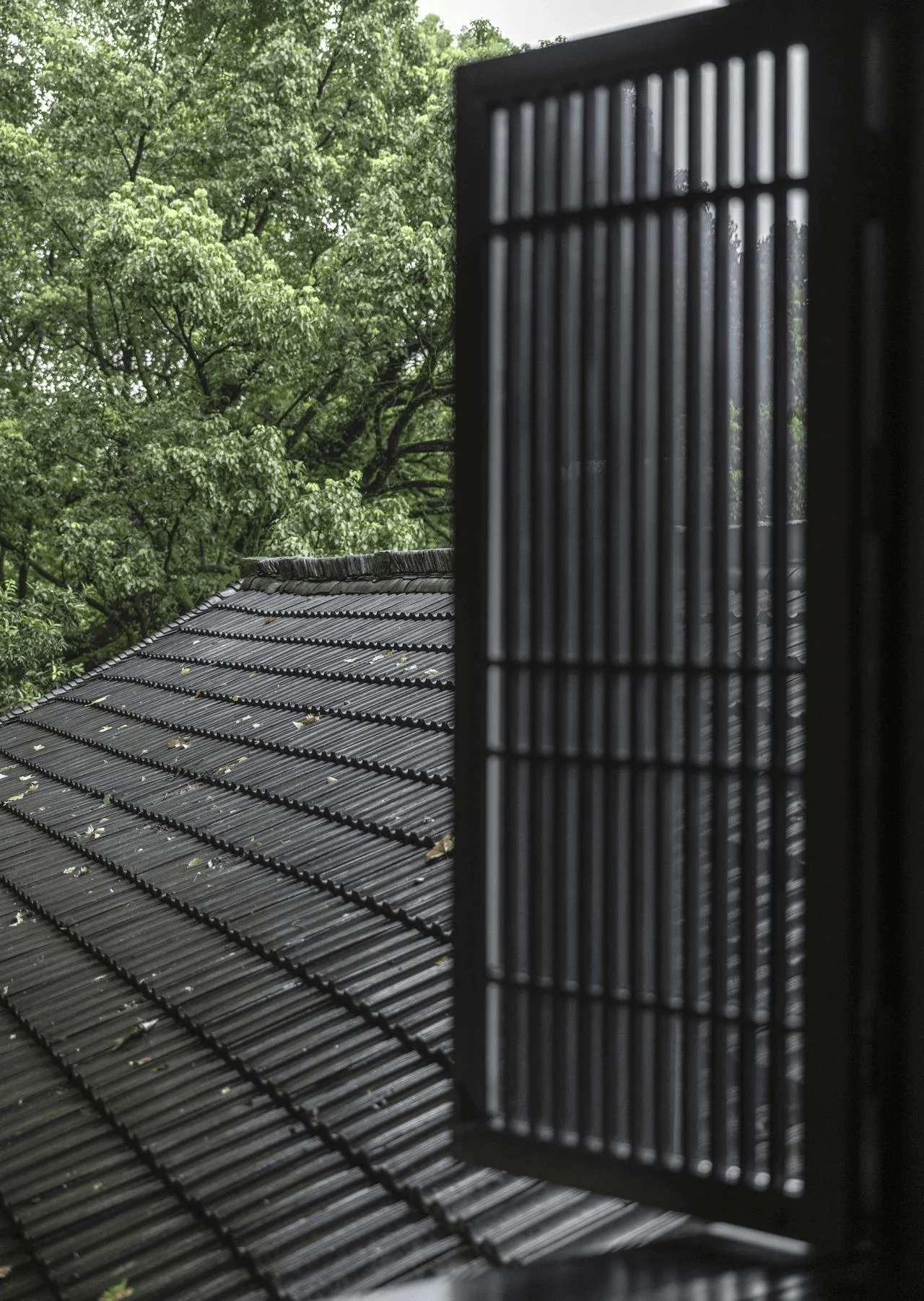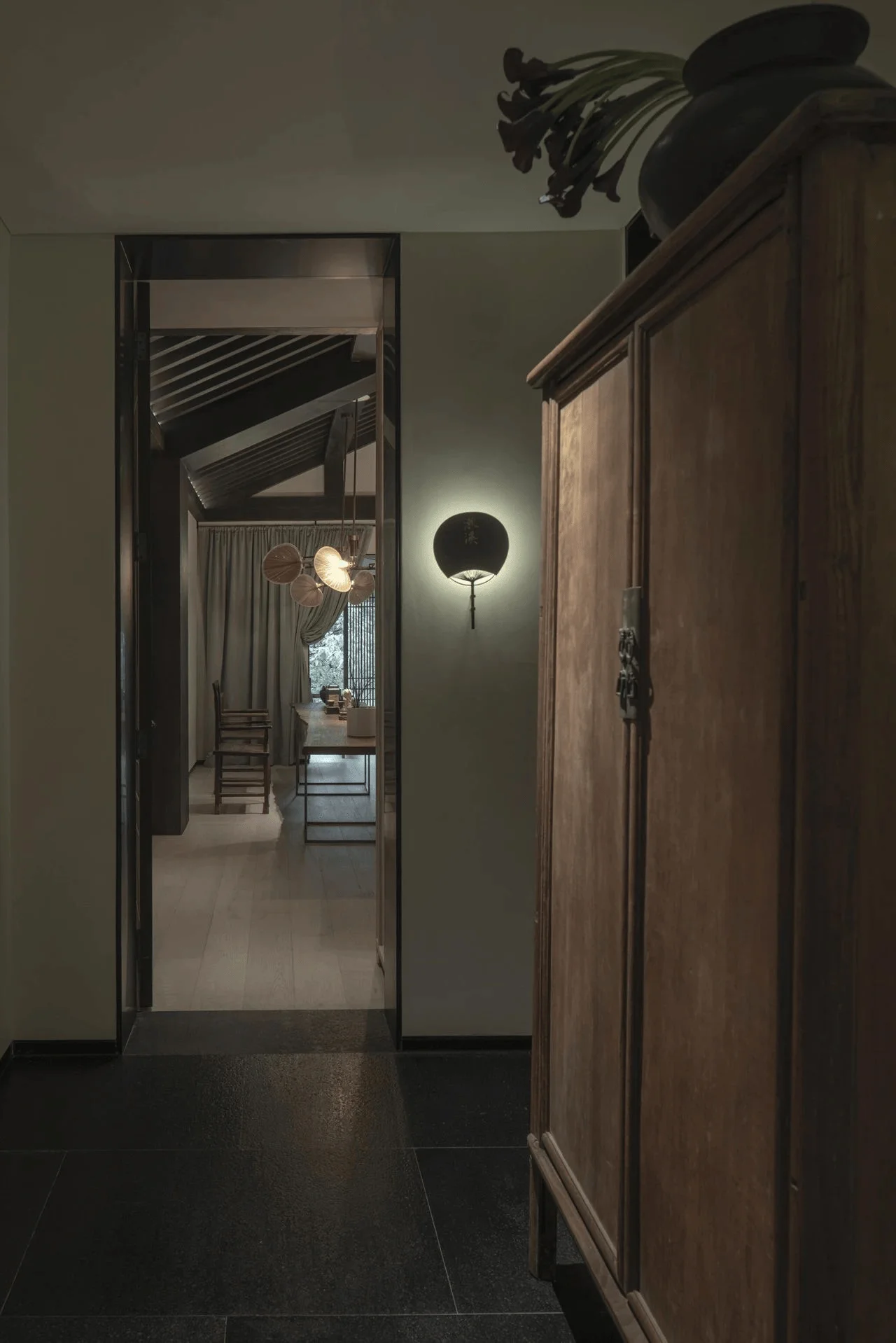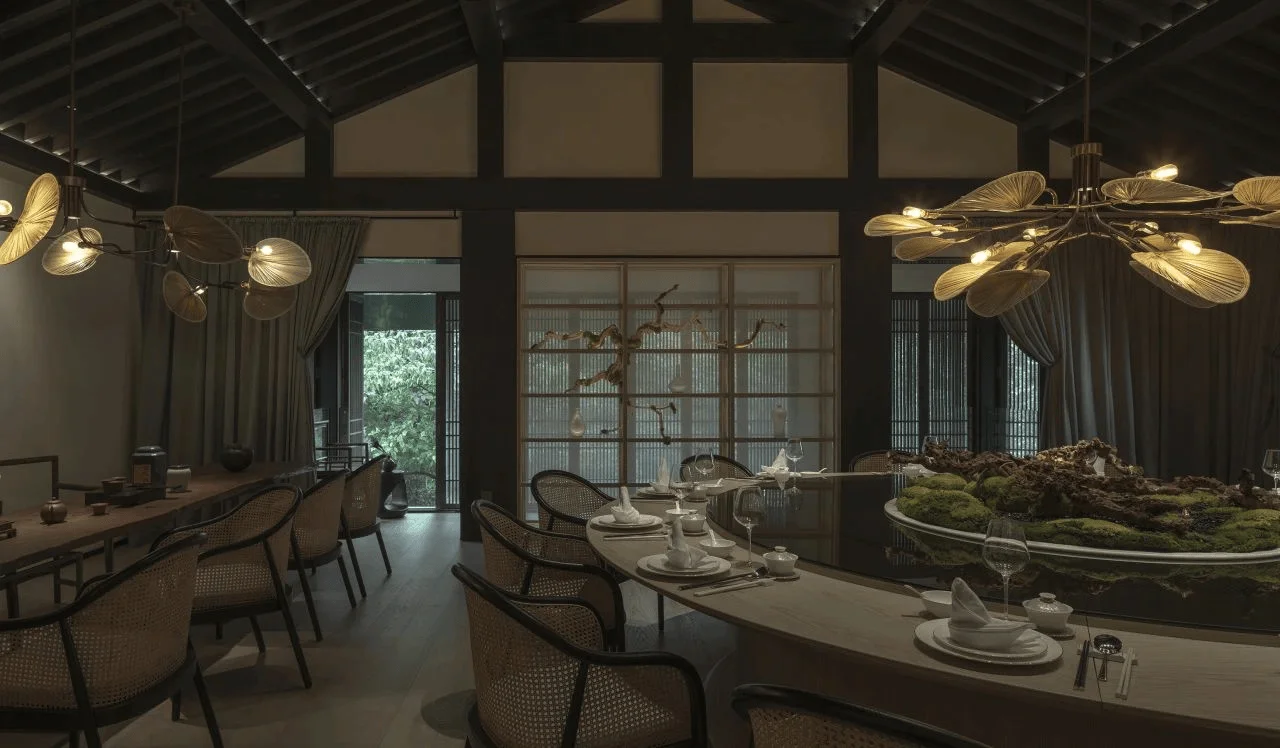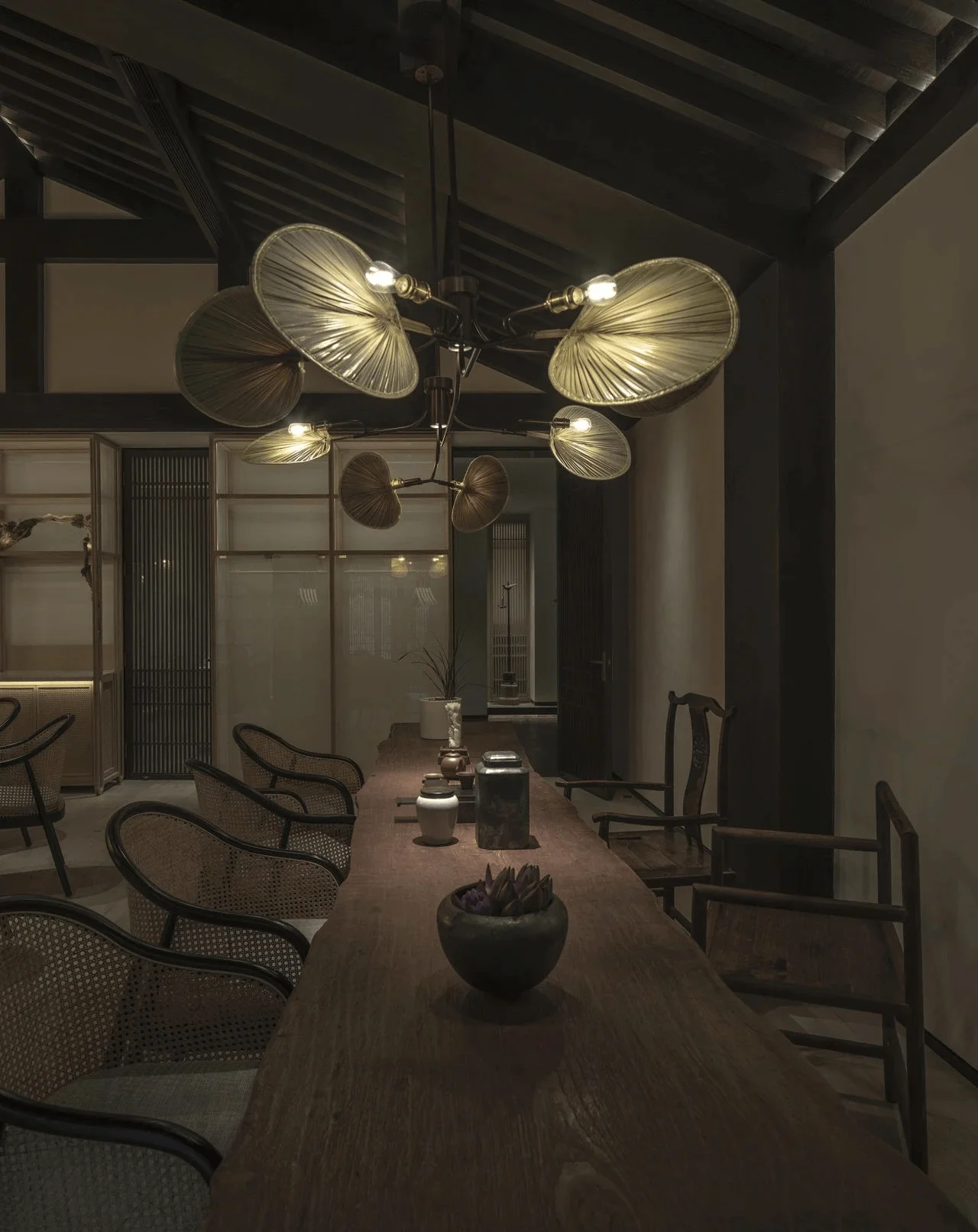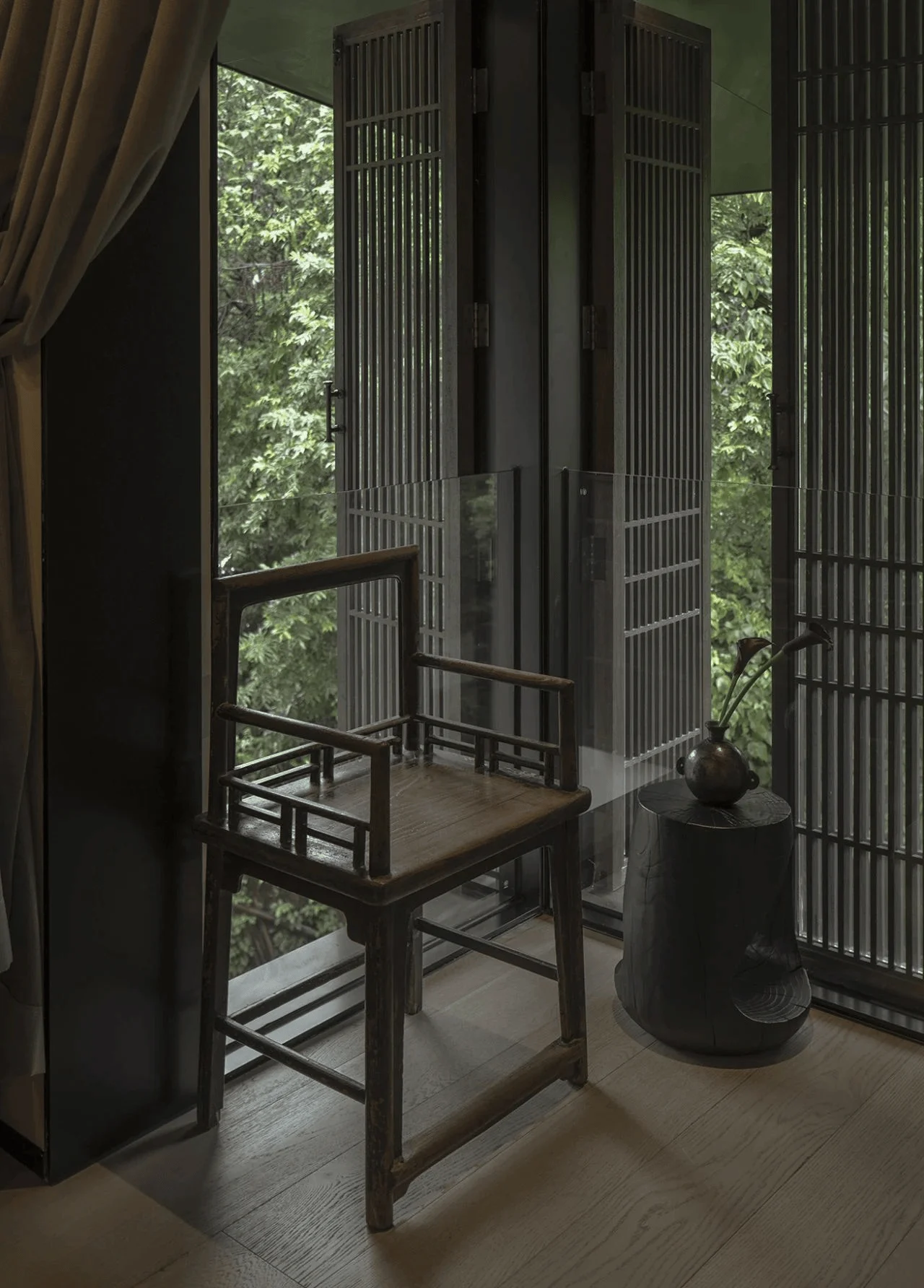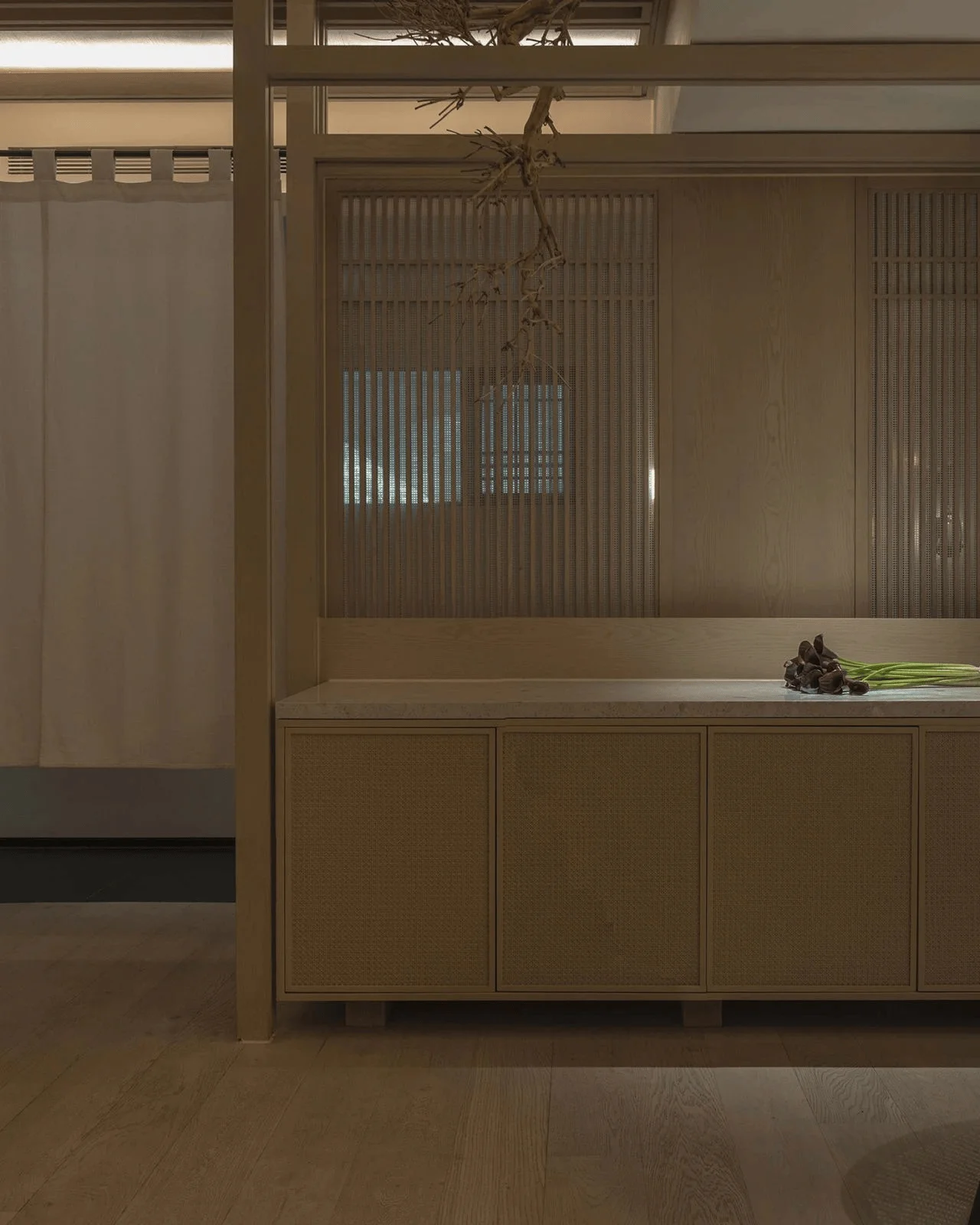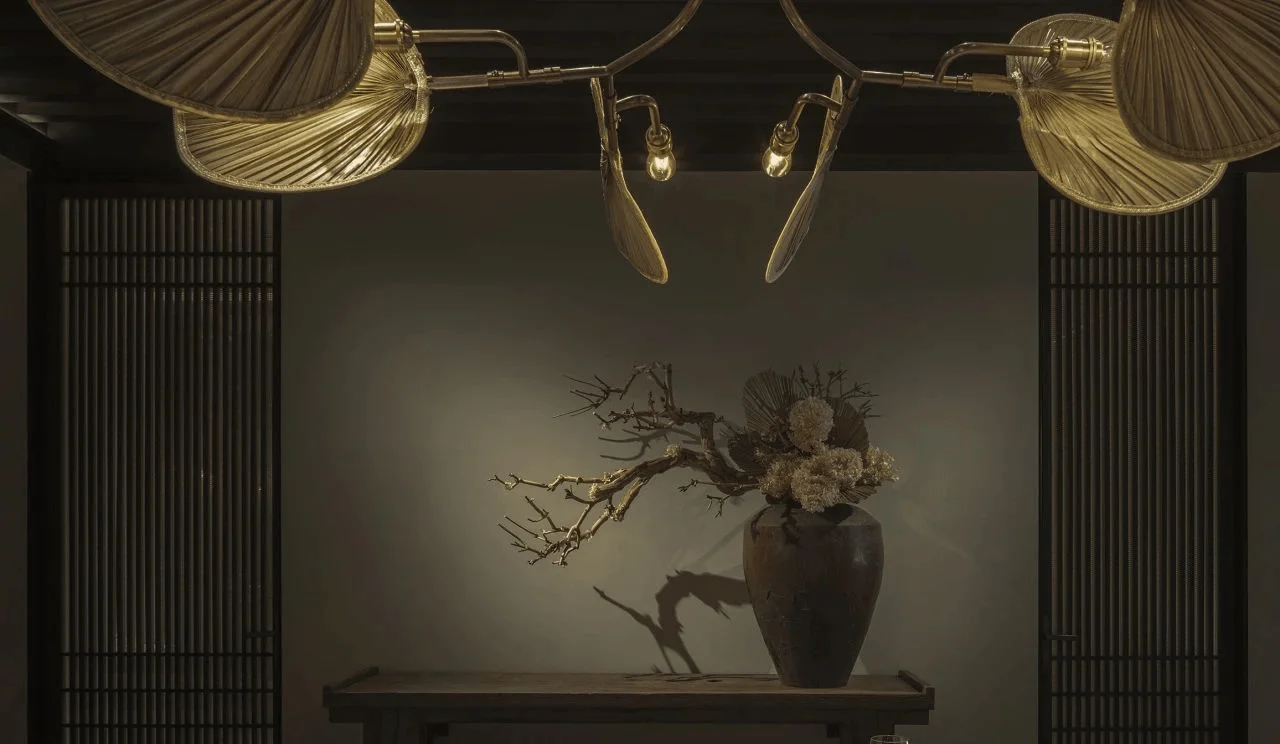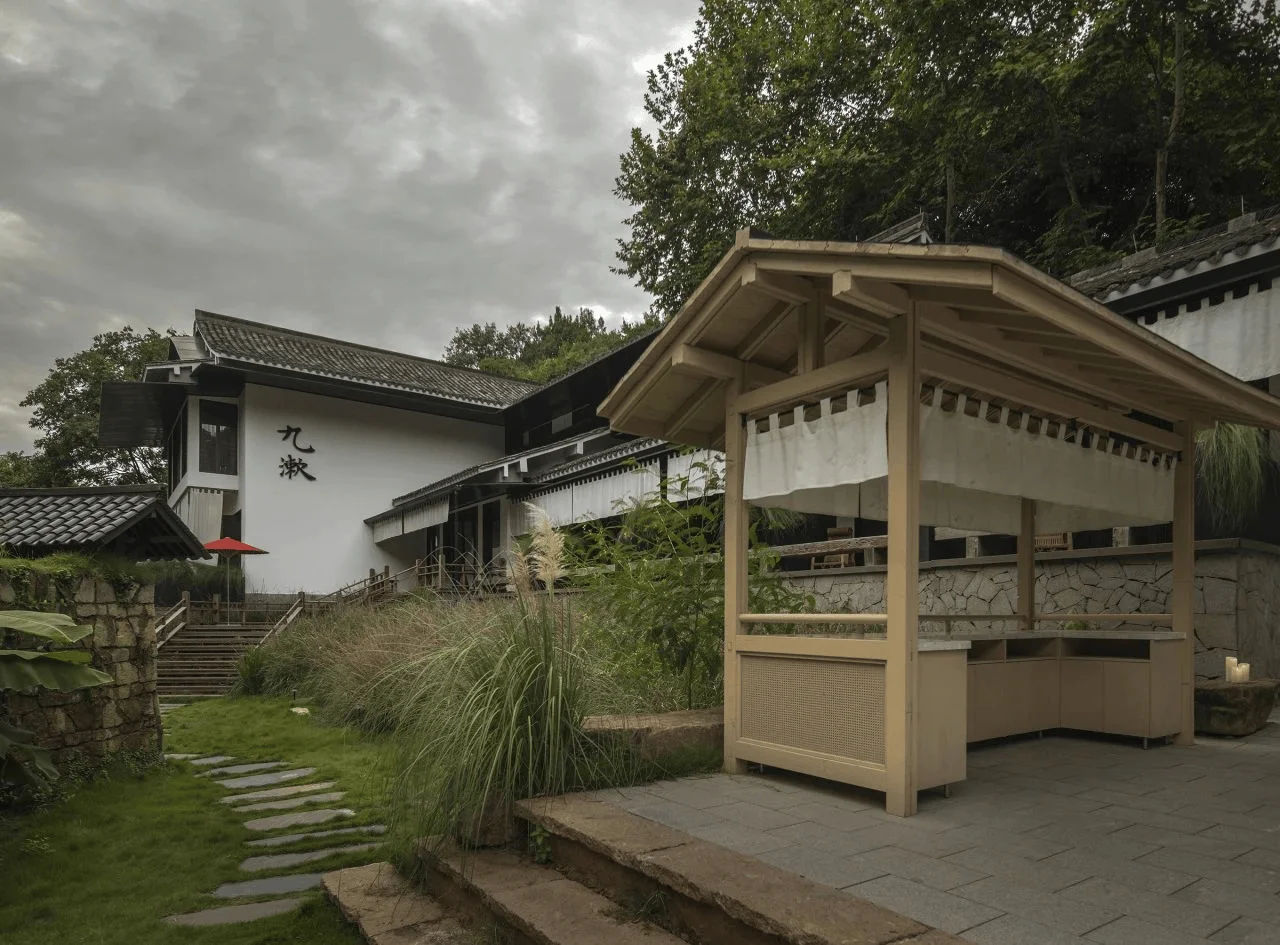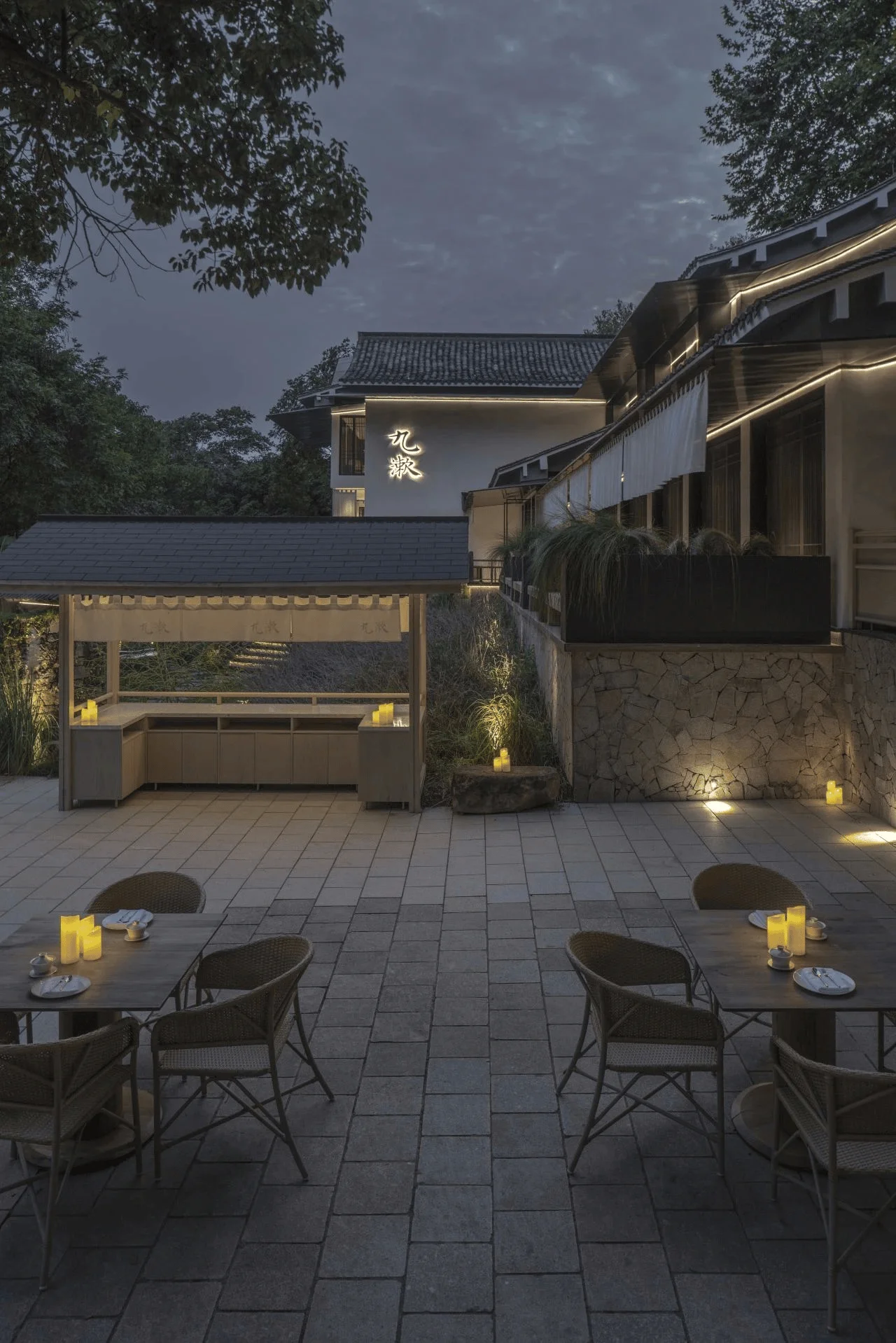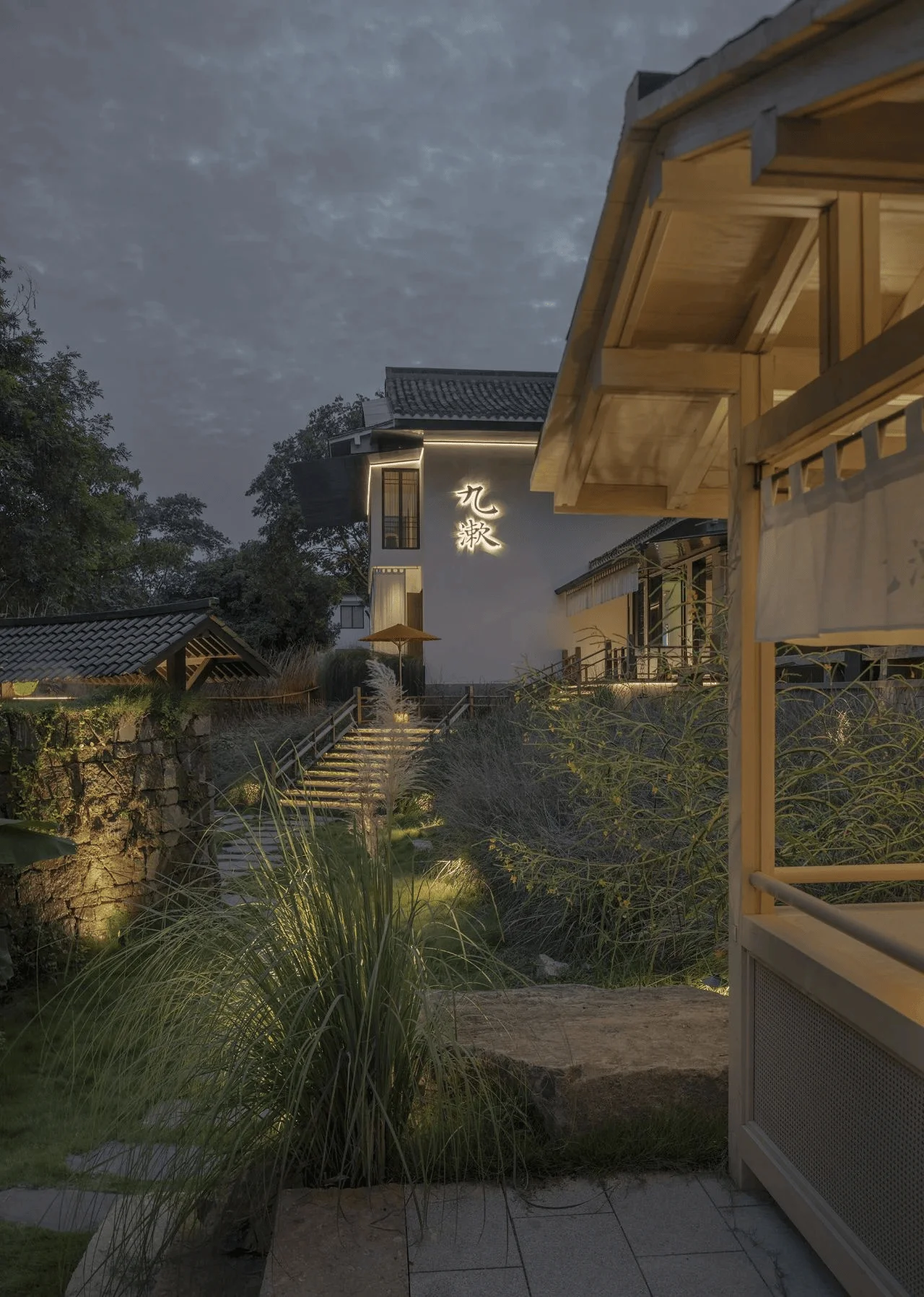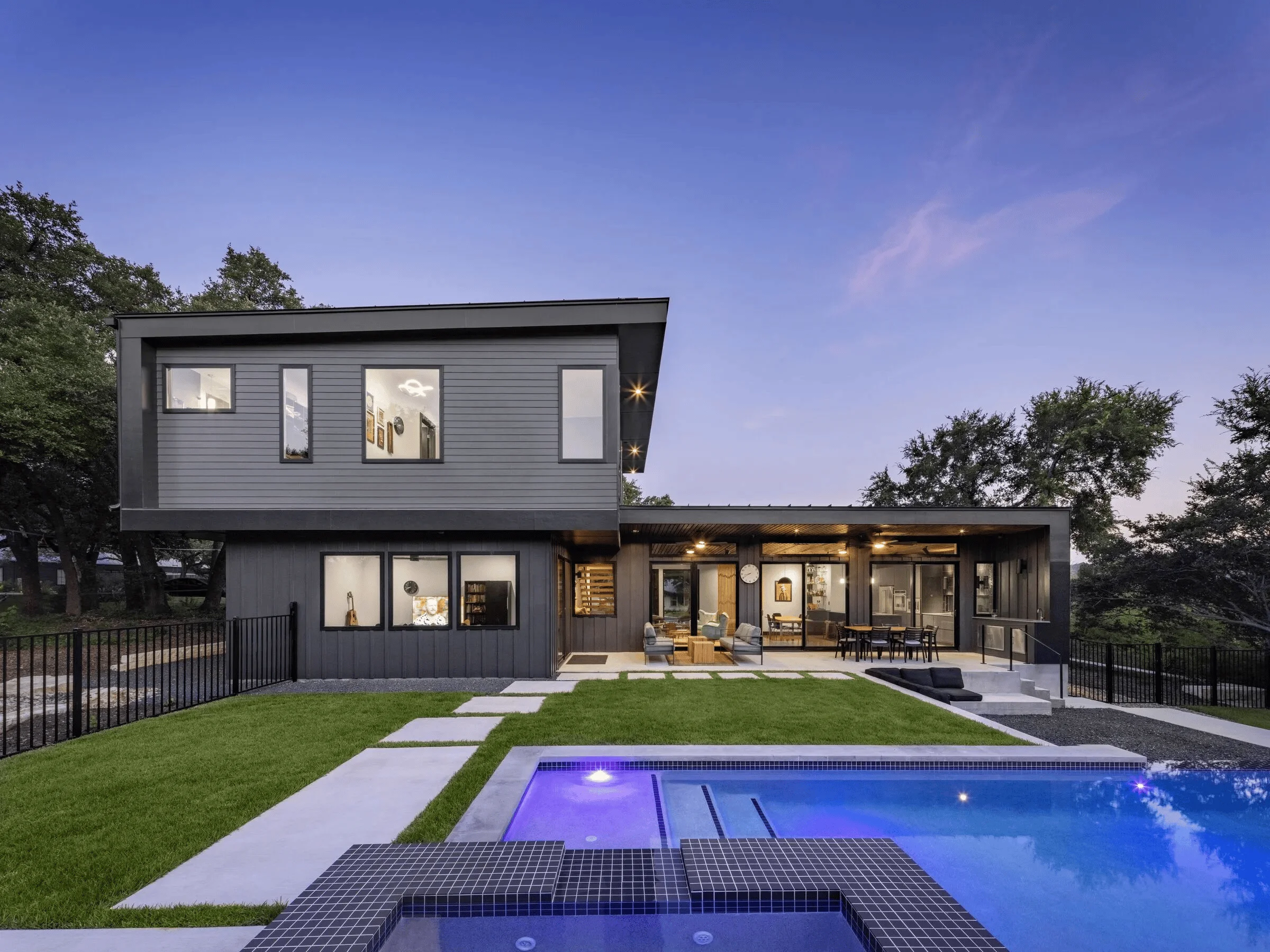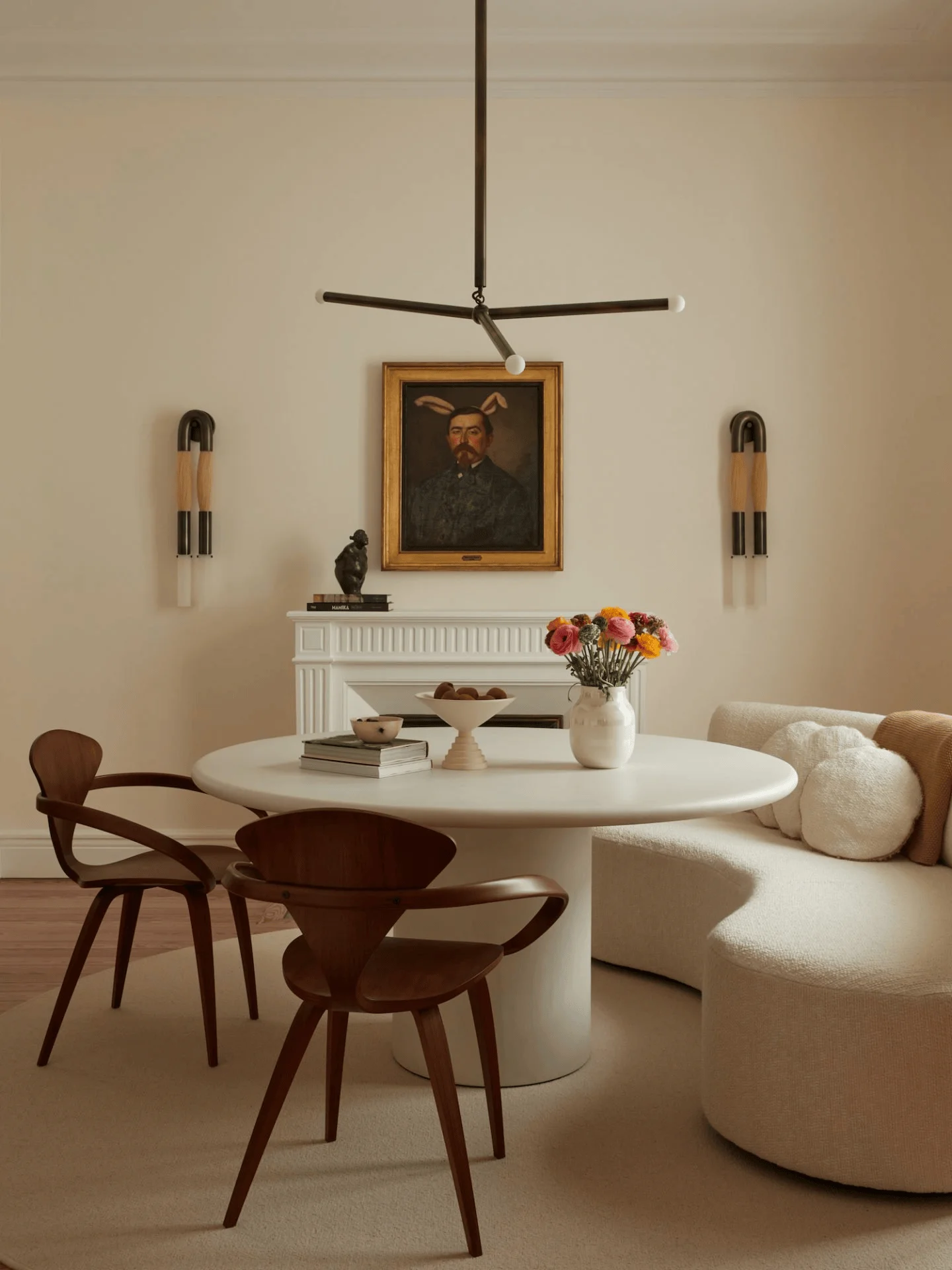Jiuxi Shibajian Restaurant offers a unique dining experience in Hangzhou, China.
Contents
Project Background and Inspiration
The Jiuxi Shibajian Restaurant is nestled within a tranquil courtyard in Hangzhou, China, a location famed for its natural beauty and history. The area, known as Jiuxi Shibajian (Nine Creeks and Eighteen Ravines), boasts a rich historical context, which was a key inspiration for the restaurant’s design, seeking to evoke the charm of traditional Chinese architecture and culture within a modern dining setting. The restaurant’s design team, Nei Jianzhu Design Studio, was tasked with creating a space that would honor the local heritage while offering an exceptional culinary experience. The restaurant’s design is deeply rooted in traditional Chinese aesthetics, particularly the elegance and tranquility associated with the Song Dynasty. This project is a prime example of how contemporary design can respectfully integrate cultural nuances within the contemporary restaurant space design in China. The interior design of Jiuxi Shibajian Restaurant is a testament to the ability of design to enhance the dining experience, creating a sophisticated yet comforting atmosphere that celebrates both tradition and innovation in restaurant space design in China.
Design Concept and Goals
The core design concept for Jiuxi Shibajian Restaurant is rooted in the idea of harmony and subtle elegance, a concept deeply embedded in Chinese culture. The design team sought to create a haven of tranquility, where patrons could escape the hustle and bustle of everyday life and immerse themselves in the beauty of the surrounding landscape. The design goals were to create a dining environment that both evoked a sense of serenity and enhanced the overall dining experience. They aimed to achieve this by using a restrained and harmonious color palette, incorporating natural materials, and paying meticulous attention to detail, all elements that would contribute to the space’s tranquility and sophistication. Every aspect of the restaurant’s design was carefully considered, from the choice of materials to the placement of lighting, to evoke the essence of the Jiuxi Shibajian setting, while also enhancing the dining experience. The integration of traditional design elements with modern touches makes it a contemporary Chinese restaurant space design that is both aesthetically pleasing and functional.
Spatial Layout and Functional Design
The restaurant is designed across two floors, with each space thoughtfully planned to optimize the dining experience and evoke a sense of flow and interconnectedness. The interior layout has a well-defined sequence of spaces, each dedicated to a specific purpose and serving to guide the dining experience. The ground floor features an inviting entrance area with a reception desk, a semi-open kitchen for visual interaction, and several main dining areas with comfortable seating arrangements, including round tables and intimate booths. The upper level features private dining rooms, offering a more exclusive and private setting for groups of varying sizes. Each room is carefully appointed, complete with bespoke design details that reflect the overall design concept. The overall design integrates the natural environment with the dining experience. Large windows and sliding doors provide a seamless transition between the indoor and outdoor spaces, effectively blurring the line between the restaurant and the surrounding natural beauty. This fusion creates a sense of harmony and allows guests to fully appreciate the serene landscape. The space planning of Jiuxi Shibajian Restaurant underscores the importance of utilizing the natural environment and offering an appropriate arrangement for different dining groups.
Exterior Design and Aesthetics
The original concrete structure of the building presented a challenge, with its gray roof tiles appearing heavy and lacking visual appeal. Nei Jianzhu Design Studio skillfully addressed this by incorporating metal sheeting to extend the roof eaves and create a more delicate, graceful curve that is in keeping with the principles of traditional Chinese architecture. The result is a more refined and balanced aesthetic. Furthermore, the use of white curtains enhances the visual lightness and softness of the building, creating a welcoming and inviting atmosphere. The architects aimed to capture the essence of Chinese classical architecture as seen in paintings from the Song and Ming Dynasties. The use of soft colours, textures, and materials like fabrics and woods are a hallmark of the restaurant’s design. The façade of the restaurant is a clever blend of traditional and contemporary design elements, creating a captivating visual experience that draws people in. This project reflects the importance of understanding the context of the site and how design elements can modify the building’s form and improve its aesthetic value.
Interior Design Elements and Materials
Jiuxi Shibajian Restaurant avoids excessive design, opting instead for a subtle and harmonious approach. The design draws on the elegance of Song Dynasty lines and proportions, seamlessly integrating them into a contemporary setting. A striking feature is the inclusion of two antique bamboo lanterns from the early Qing Dynasty, strategically placed at the reception desk and the staircase leading to the second floor. These rare and unique pieces discovered during a journey through the ancient Huizhou region of China add a captivating touch to the space. On the second floor, private dining rooms showcase whimsical hand-crafted paper fan chandeliers, crafted from inexpensive materials, adding a playful and lighthearted touch to the atmosphere. Each private dining room’s entrance is adorned with a round fan bearing the name of the room, inscribed in the elegant ‘Shoujin’ calligraphy style. The round fan serves as a subtle yet powerful motif, symbolizing reunion and goodwill in traditional Chinese culture. The design is a fine example of how interior design elements can enhance the dining experience, creating a unique and sophisticated restaurant setting.
Sustainable and Eco-friendly Practices
The restaurant design is mindful of the environment, leveraging the natural surroundings as a key design element. The seamless integration of the interior and exterior spaces through large windows and doors allows for abundant natural light and ventilation, minimizing the need for artificial lighting and cooling systems. The restaurant’s design prioritizes the use of natural materials, such as wood, bamboo, and stone, which complement the natural environment of Jiuxi Shibajian. These materials also contribute to the serene and sophisticated atmosphere of the restaurant. The choice of materials has been made not only for their aesthetic properties but also for their environmental friendliness. This project represents the growing importance of sustainability in the architectural and interior design industries. By integrating sustainable features and materials, the restaurant is able to reduce its environmental impact and promote a greater appreciation for the natural beauty surrounding the space.
Cultural and Social Significance
The Jiuxi Shibajian Restaurant serves as a bridge between the rich heritage of Hangzhou and the contemporary dining experience. The design embodies a distinct sense of place, reflecting the local culture and history through its materials, forms, and details. The restaurant’s design promotes a deeper appreciation for traditional Chinese aesthetics and the cultural legacy of Hangzhou, and by creating a space that honors these traditions, it enhances the overall cultural fabric of the community. The restaurant design provides a setting in which diners can engage in the local culinary traditions while appreciating the beauty of the natural surroundings. The use of traditional motifs and materials creates a powerful sense of cultural connection, reinforcing the significance of the area’s history and heritage. The Jiuxi Shibajian Restaurant showcases how design can play a role in preserving and promoting cultural heritage.
Construction and Management
The construction of the Jiuxi Shibajian Restaurant involved a careful collaboration between architects, designers, and builders to ensure that the project met the high standards of the design team. The construction process involved adapting the existing structure to integrate the design elements, paying close attention to detail, and selecting appropriate building materials to achieve the desired visual effect. The restaurant’s design team also worked closely with local artisans and craftsmen to ensure that the bespoke elements were implemented with precision and care. Project management was a crucial aspect of the restaurant’s successful execution, and this required a close collaboration between architects, engineers, and contractors to ensure that the project adhered to the initial vision and stayed within the specified budget and timeline. The restaurant’s management also takes into account its role in promoting and preserving the surrounding environment, with a strong emphasis on sustainable practices. The project demonstrates the importance of collaborative efforts in the construction and management of projects.
Post-Construction Evaluation and Feedback
Since its completion, Jiuxi Shibajian Restaurant has been widely acclaimed for its unique aesthetic and refined atmosphere. The restaurant has become a popular destination for locals and tourists alike, with patrons consistently praising its design and culinary experience. The restaurant has received positive reviews and has been highlighted as a notable example of contemporary restaurant design. The restaurant has become a go-to destination for those who appreciate the subtle elegance of traditional Chinese aesthetics, and through the design and quality of cuisine, it contributes to the flourishing culinary scene in Hangzhou. The restaurant’s success is a testament to the designers’ careful consideration of the local context, cultural heritage, and the importance of creating a harmonious and engaging dining environment. The Jiuxi Shibajian Restaurant serves as a case study in the successful execution of a restaurant design project that meets both aesthetic and functional requirements.
Conclusion
The Jiuxi Shibajian Restaurant is a testament to the power of design to enhance the dining experience and celebrate cultural heritage. The restaurant’s success is a result of Nei Jianzhu Design Studio’s deep understanding of Chinese aesthetics and their ability to seamlessly integrate them into a modern restaurant environment. The design effectively harmonizes the restaurant’s interior and exterior spaces with the surrounding natural landscape, creating a serene and captivating dining experience. The restaurant project is a reminder that when design is approached with careful attention to detail, cultural context, and a deep understanding of user needs, it can have a profound and enduring impact on the community and beyond. By using traditional Chinese design principles and incorporating them into a contemporary restaurant setting, the architects have successfully created a unique destination that celebrates the rich heritage of Hangzhou, China. Jiuxi Shibajian Restaurant serves as a powerful example of how design can contribute to enhancing the overall quality of life within a community.
Restaurant
Nei Jianzhu Design Studio
China
2023
Wood, Bamboo, Stone
Pan Jie


